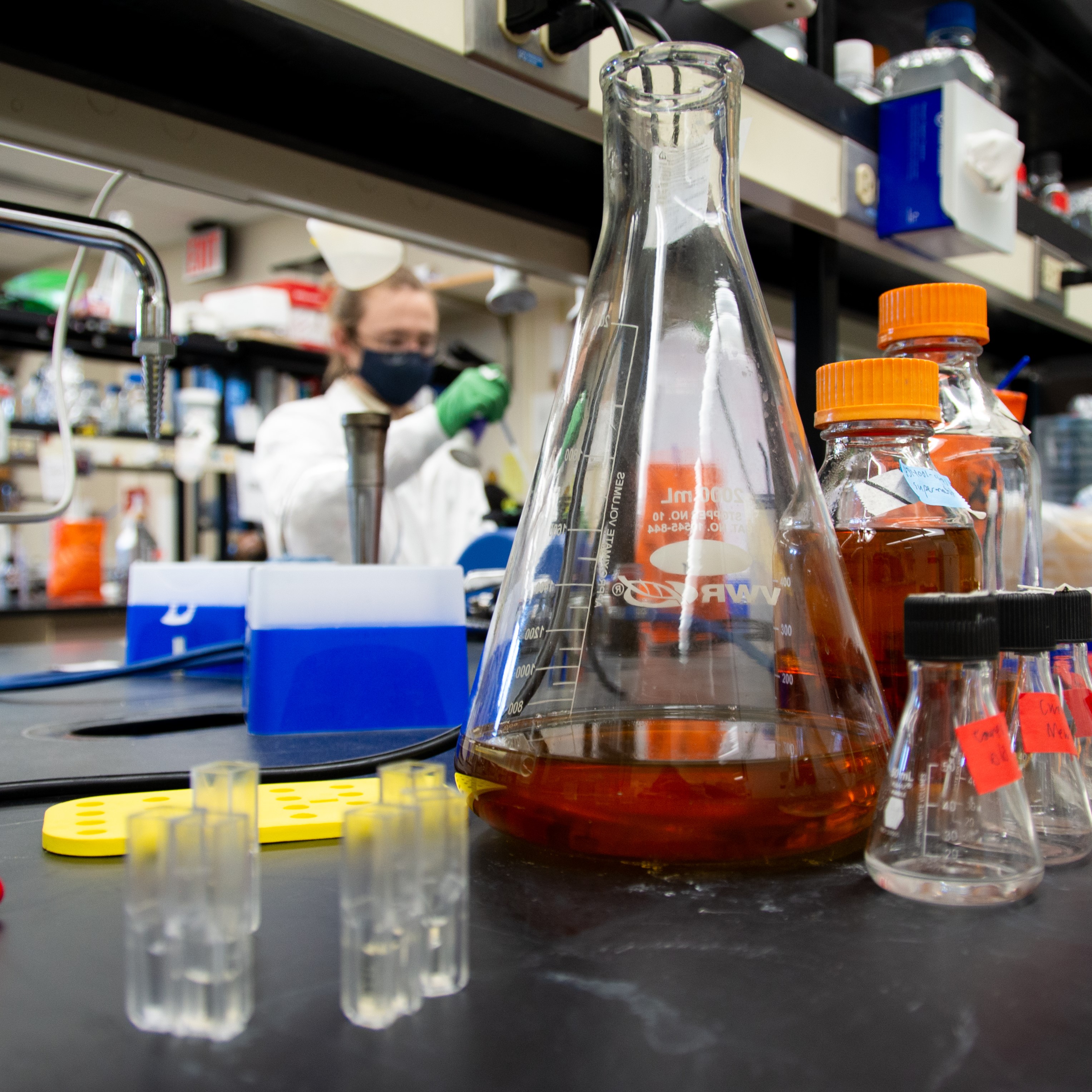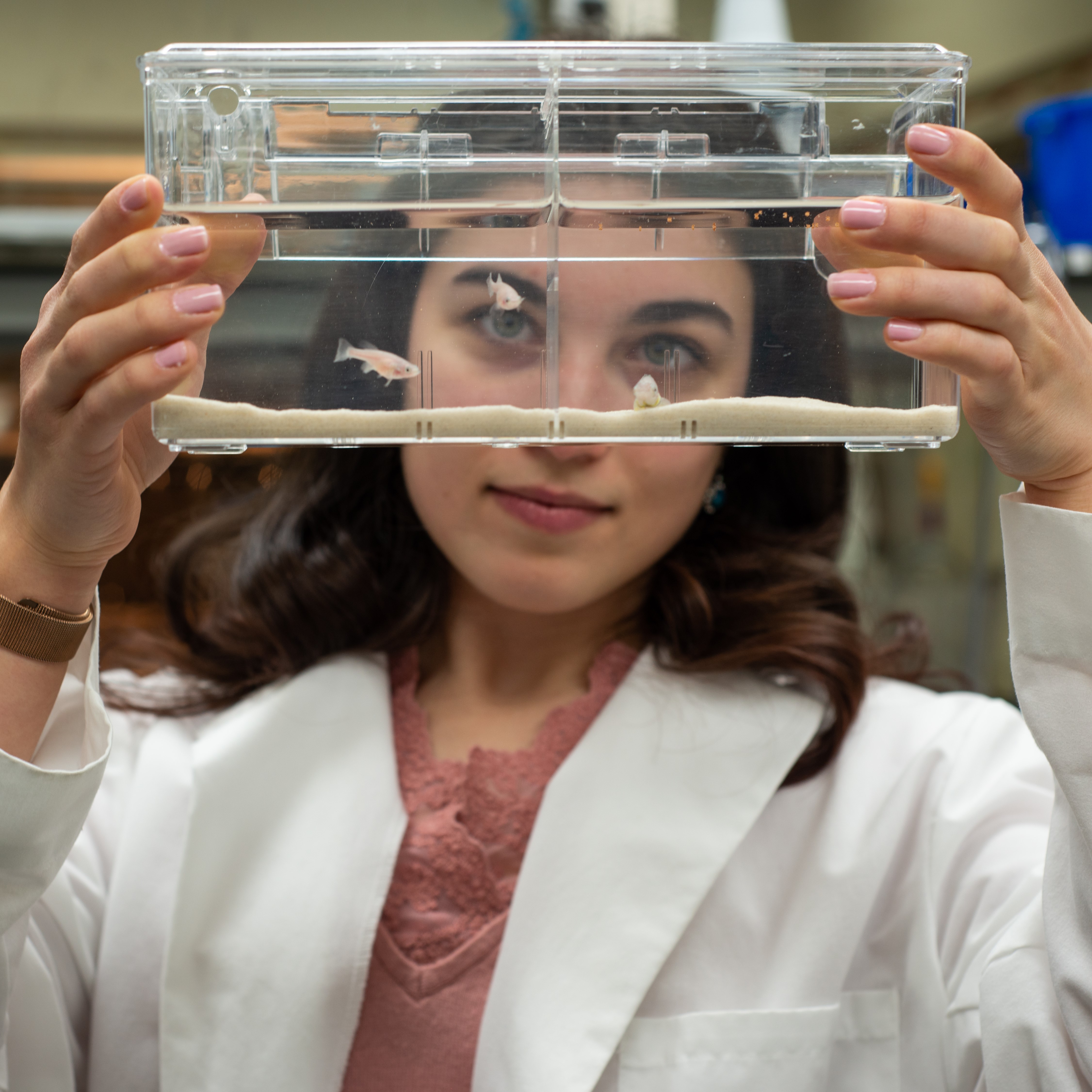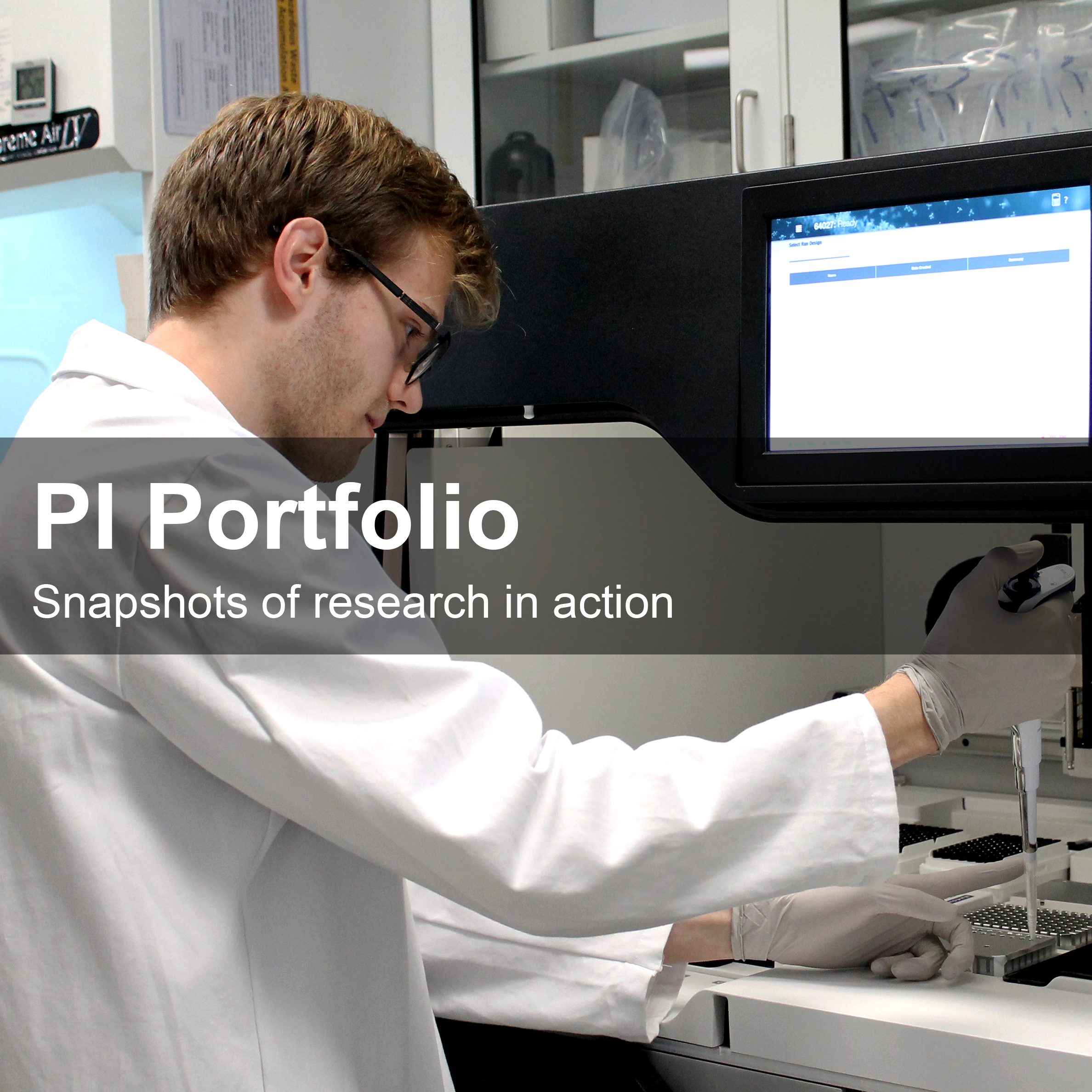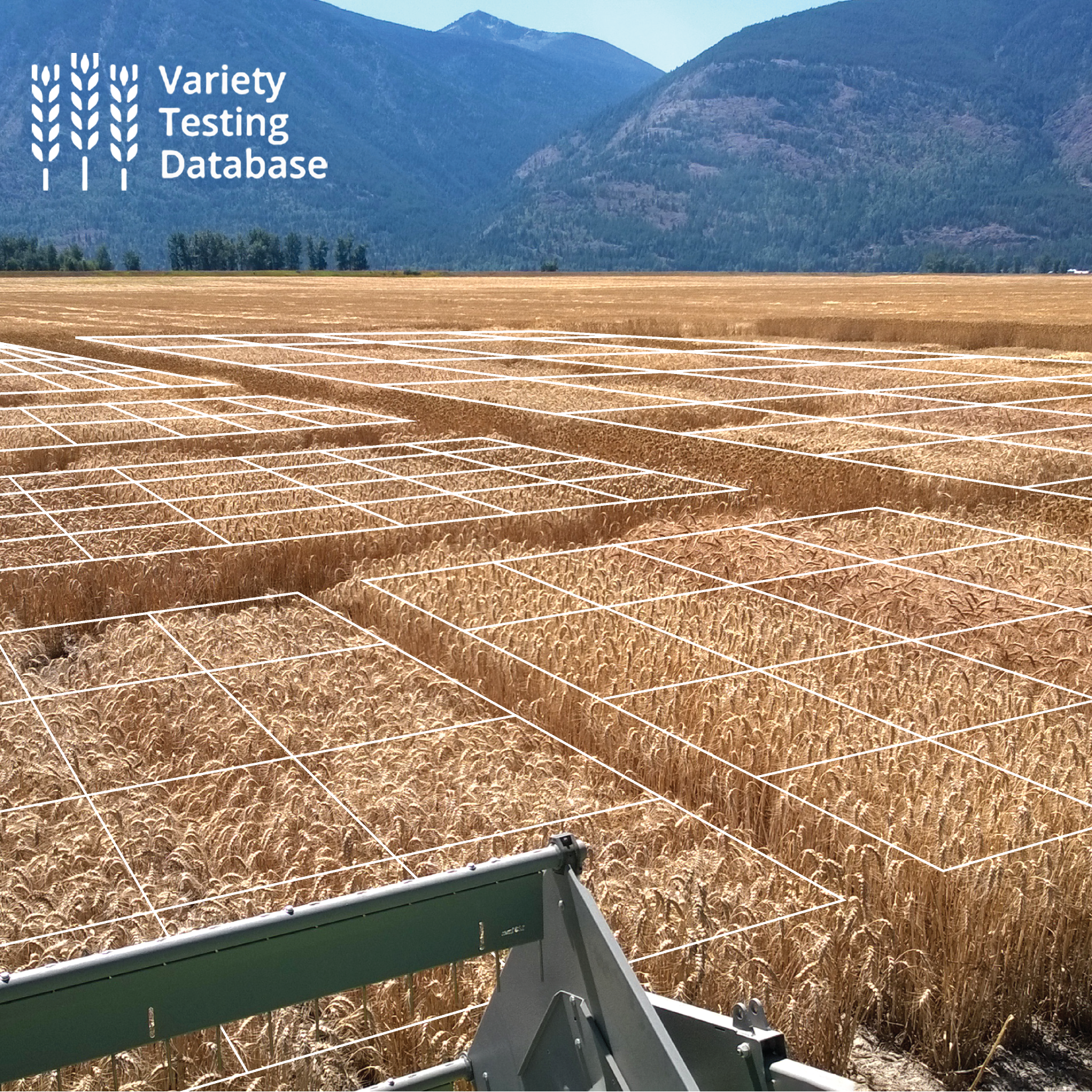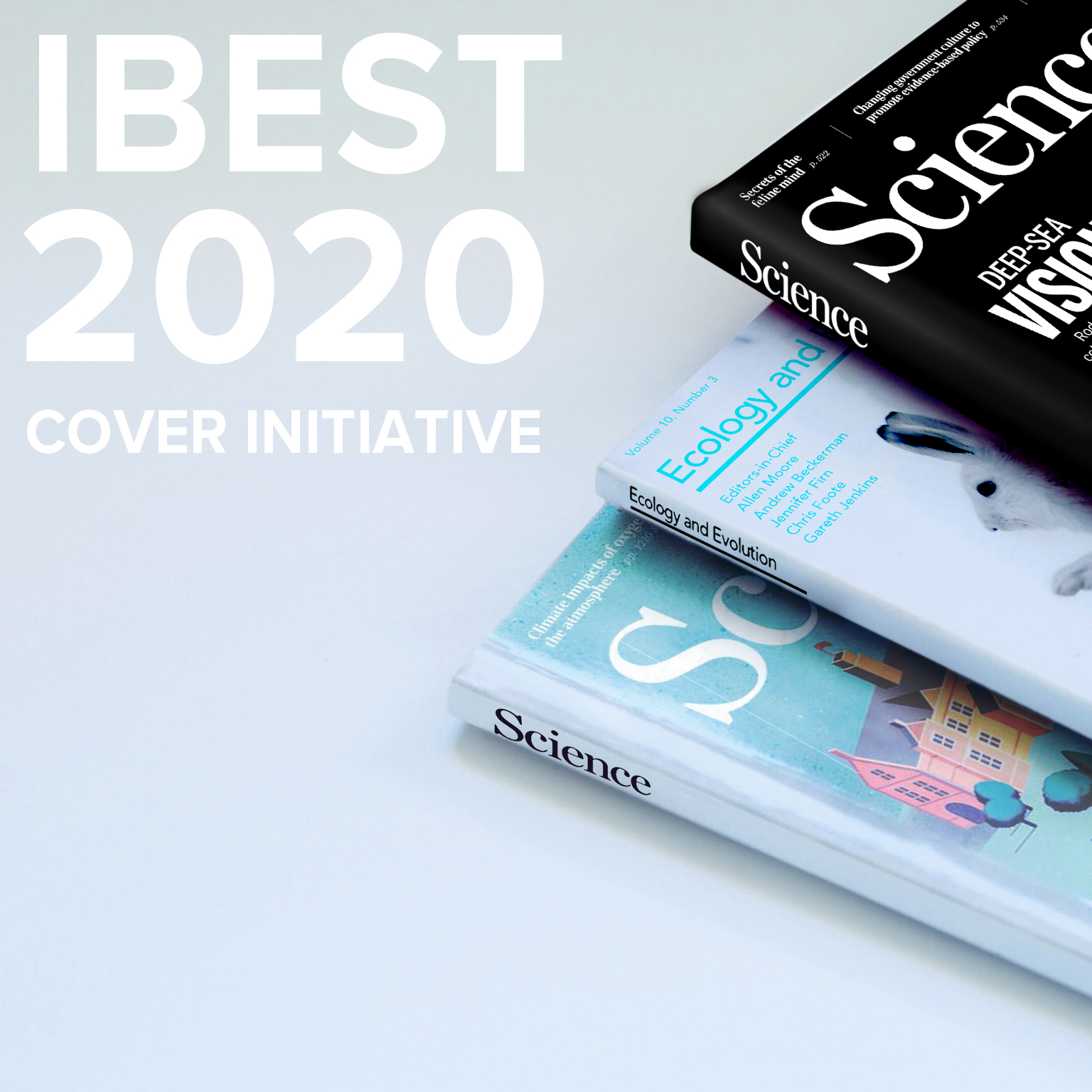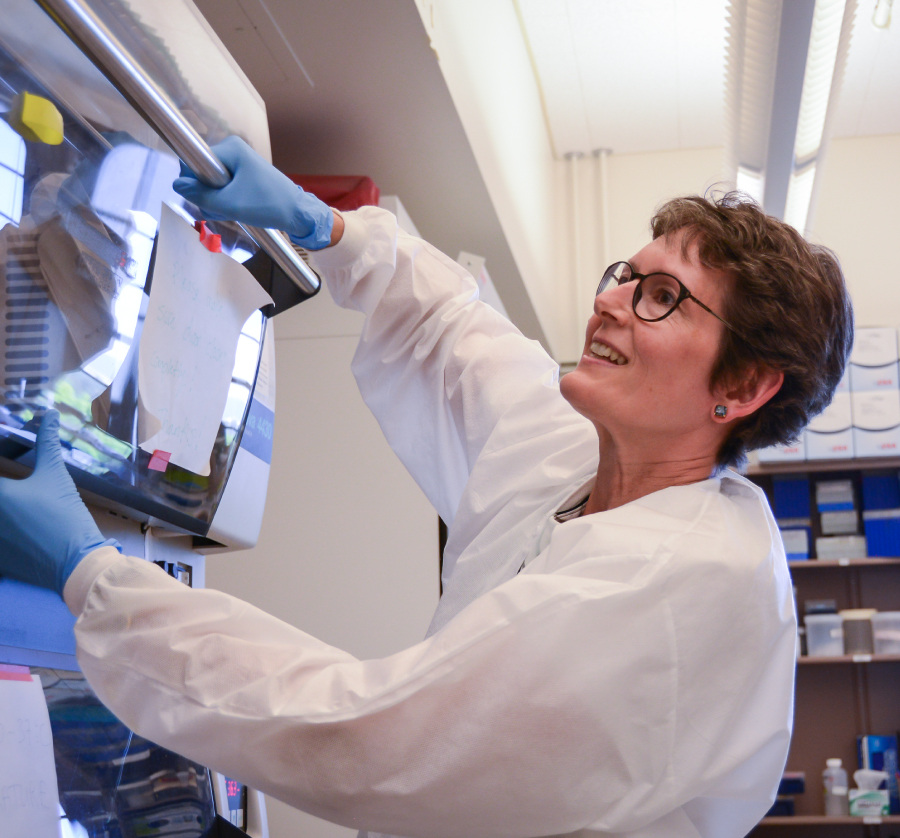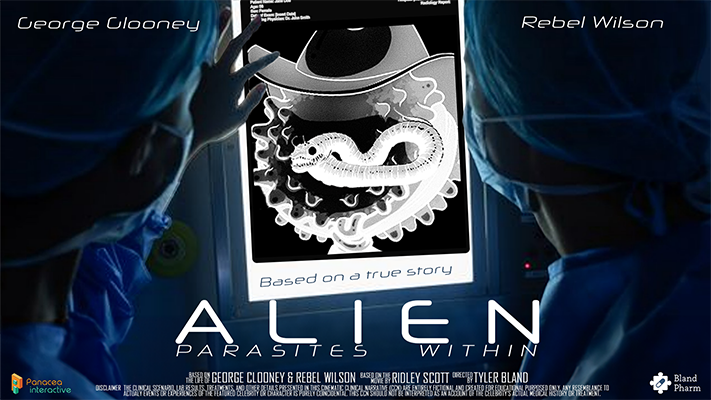
IIDS Generative AI Fellow, Tyler Bland, Publishes in MDPI AI
Medical students face a tough challenge: learning an overwhelming amount of complex information quickly. To help make one of the most difficult topics—antiparasitic medications—more engaging and easier to remember, Dr. Tyler Bland and his team created a new way to teach: short, cinematic, educational films powered by artificial intelligence. These Cinematic Clinical Narratives (CCNs) use storytelling, animated visuals, catchy songs, and humor to teach about parasites and the drugs that treat them.

Barrie Robison on the Vandal Theory Podcast
Barrie Robison, Professor with the Department of Biological Sciences and director of the Institute for Interdisciplinary Data Sciences (IIDS), is featured on the newest episode of the Vandal Theory podcast. Season 9, Episode 5: Incorporating artificial intelligence into universities.

IIDS Generative AI Fellowship Program
In Fall 2024, the Institute for Interdisciplinary Data Science (IIDS) launched the Generative AI Fellowship Program, a one-semester opportunity designed to empower faculty and research staff to incorporate generative AI into their research. The program offers tailored project support from IIDS experts, fostering interdisciplinary collaboration and innovation. Open to participants at all levels of AI proficiency—whether you're an experienced coder or just beginning to explore AI tools—this fellowship provides an opportunity to enhance your research by leveraging generative AI technology. At the conclusion of the fellowship, participants showcase their work in a research presentation, highlighting how generative AI has enhanced their projects. Photo by Chris Giamo and Garrett Britton, University Visual Productions.
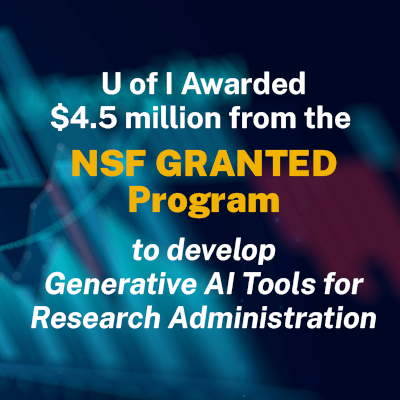
GRANTED Award
University of Idaho (U of I) has been awarded a $4.5 million grant from the National Science Foundation’s (NSF) Growing Research Access for Nationally Transformative Economic Development (GRANTED) program. The GRANTED program’s goal is to enhance the U.S. research enterprise by improving administration support infrastructure, increasing service capacity and broadening participation by developing institutions across the national research landscape.

GRANTED Program Now Hiring
The University of Idaho is seeking two Data Scientists to participate in an innovative National Science Foundation-funded project: “Crossing the Innovation Valley of Death: Democratizing Data and Artificial Intelligence for Research Administration.” The project offers the opportunity to pioneer the development of open-source AI solutions that will reshape how universities manage operations, while leading the democratization of data access and analysis across the research administration landscape. One position will have a focus on technical development and implementation, while the other will combine technical expertise with training and knowledge dissemination responsibilities.

Graduate Student Internship Opportunity in AI and Data Science
The Institute for Interdisciplinary Data Sciences (IIDS) at the University of Idaho is offering an exciting opportunity for up to three graduate students to participate in internships during the 2025-2026 academic year. These internships are supported by the Office of Research and Economic Development (ORED) and aim to engage students in the application of Artificial Intelligence (AI) and Data Science to enhance the university's strategic planning and administrative operations.

Xiaogang Ma Awarded NSF Grant Supplement
University of Idaho Associate Professor of Computer Science Xiaogang (Marshall) Ma has been awarded a National Science Foundation (NSF) grant supplement of $140,091 to integrate large language models (LLMs) into the Mindat open data interface to create a more interactive and responsive data platform for the world's largest open database of minerals, rocks, meteorites and the localities they come from (Mindat.org).

PrinTimber featured on Idaho Today
Mallory Bermensolo (Master of Architecture student) was interviewed on Idaho Today regarding the PrinTimber project. The Boise-based show brings statewide recognition to PrinTimber and the team's research into developing technology to produce sustainable building products made from wood waste. Congratulations to PI Michael Maughn and all the PrinTimber researchers for this well deserved recognition.

BCB Spotlight - Kristen Martinet
Kristen Martinet completed her Ph.D. this spring with University of Idaho’s Bioinformatics and Computational Biology (BCB) program. Kristen came to U of I in the fall of 2019 after speaking with U of I researcher Luke Harmon (Biological Sciences). The research focus in his lab sold Martinet on attending U of I.

Evan Eskew Publishes in Nature Communications
University of Idaho researcher Evan Eskew (Idaho Initiative for Computational One Health) recently published in Nature Communications. Fellow U of I researchers Scott Nuismer (Biological Sciences) and Andrew Basinski (formerly with the Institute of Interdisciplinary Data Sciences) co-authored "Reservoir displacement by an invasive rodent reduces Lassa virus zoonotic spillover risk". This publication developed from a series of research projects on Lassa virus at University of Idaho involving Scott Nuismer and numerous other experts, including Elisabeth Fichet-Calvet at the Bernhard Nocht Institute for Tropical Medicine and researchers with the One Health Institute at the University of California, Davis.

IIDS Now Hiring Genomics Research Associate
The Institute for Interdisciplinary Data Sciences’ (IIDS) Genomics and Bioinformatics Resources Core (GBRC) is currently hiring a full-time Genomics Research Associate (GRA). The GRA will assist in the operation and maintenance of sophisticated research equipment to produce cutting edge genome-scale data.

U of I Transmissible Vaccine Research Published in SCIENCE
University of Idaho researcher Scott Nuismer (Biological Sciences) published in the leading peer-reviewed research journal, SCIENCE. "Developing Transmissible Vaccines for Animal Infectious Diseases" was co-authored by fellow U of I researchers James Bull (Biological Sciences), Chris Remien (Mathematics and Statistical Sciences) and Courtney Schreiner (M.S. ’22, Bioinformatics and Computational Biology). This paper emerged from a collaborative workshop organized by Nuismer and his collaborator Daniel Streicker from the University of Glasgow. Funded by a grant from the National Science Foundation's Division of Environmental Biology (DEB) Core (Grant No. 2216790), this workshop convened virologists, immunologists, mathematicians, ecologists, evolutionary biologists and sociologists to develop recommendations for the safe and effective development of transmissible vaccines.

Graduate Student Internships in AI and Data Science
The Institute for Interdisciplinary Data Sciences (IIDS) at the University of Idaho is offering an exciting opportunity for up to two graduate students to participate in internships during the 2024-2025 academic year. These internships are supported by the Office of Research and Economic Development (ORED) and aim to engage students in the application of Artificial Intelligence (AI) and Data Science to enhance the university’s strategic planning and administrative operations.

Graduate Student Internships in AI and Data Science
The Institute for Interdisciplinary Data Sciences (IIDS) at the University of Idaho is offering an exciting opportunity for up to three graduate students to participate in internships during the 2025-2026 academic year. These internships are supported by the Office of Research and Economic Development (ORED) and aim to engage students in the application of Artificial Intelligence (AI) and Data Science to enhance the university's strategic planning and administrative operations.
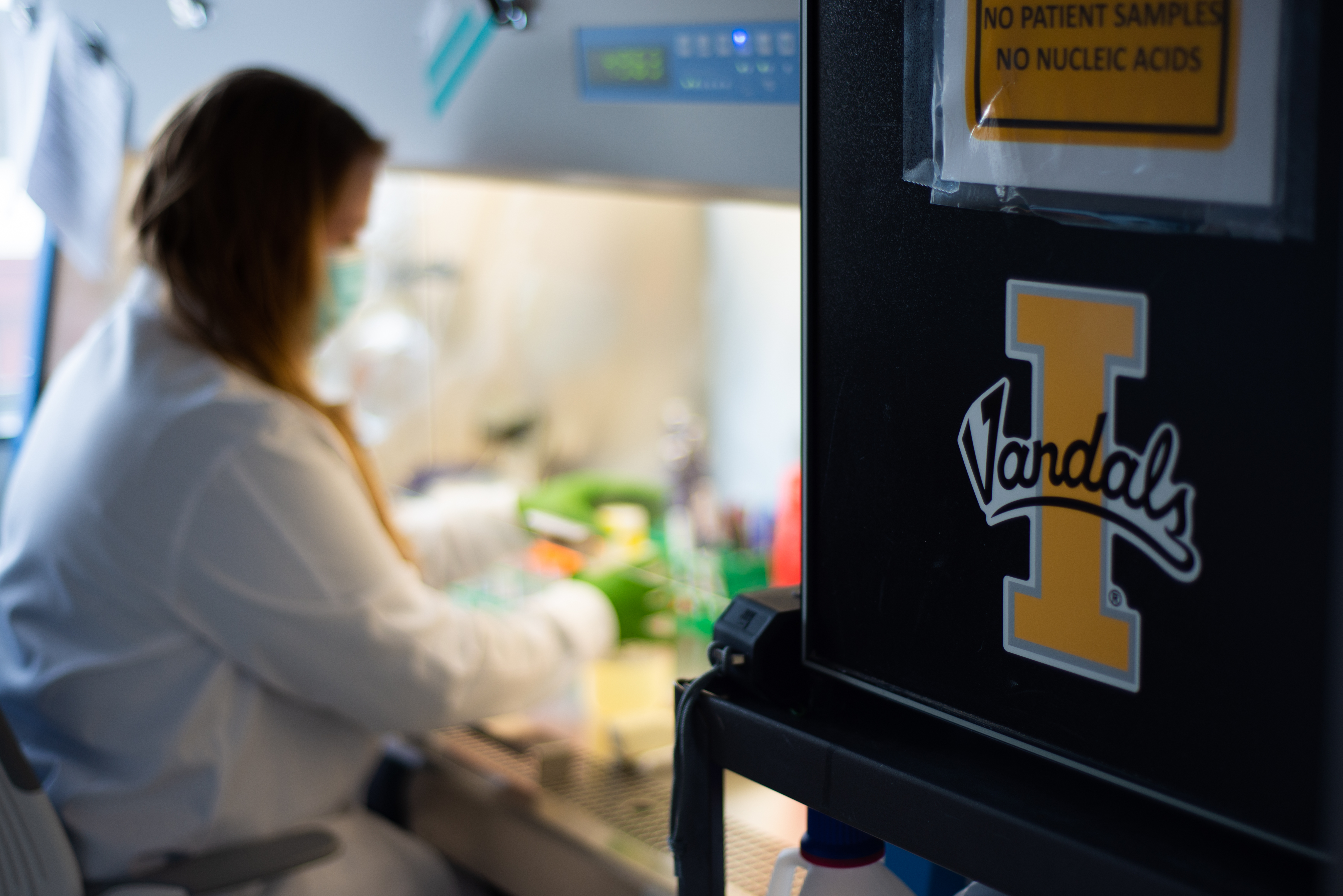
Genomic Surveillance Provides Key Evidence Regarding COVID-19 Transmission Dynamics
Retrospective genomic surveillance of covid-positive patient samples taken early in the SARS-CoV-2 pandemic provides evidence that University of Idaho's covid-testing program, along with other mitigation measures, were effective at reducing viral spread across the university’s Moscow campus. Understanding transmission dynamics of viruses like SARS-CoV-2 at universities is crucial because these settings have potential for rapid viral spread due to a young adult population predisposed to low disease severity.
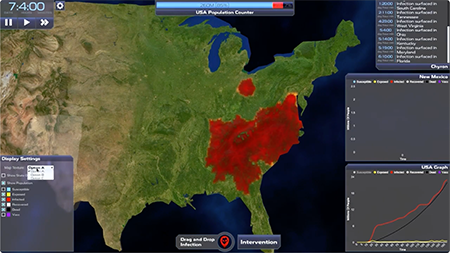
U of I Granted First NIH Science Education Partnership Award to the State of Idaho
For the first time since its establishment 30 years ago, the Science Education Partnership Award (SEPA) program of the National Institute of General Medical Sciences (NIGMS) of the NIH has awarded funding to a project in Idaho. The SEPA program supports innovative science, technology, engineering, and mathematics (STEM) and Informal Science Education (ISE) initiatives for Pre-K to 12th grade. U of I researchers Barrie Robison (PI) with the College of Science and Terry Soule (Co-PI) with the College of Engineering have been awarded Idaho’s first SEPA grant through their work with Polymorphic Games, U of I’s unique, interdisciplinary, STEM-based video game studio.

Graduate Student Akshat Mall Receives R.C. Lewontin Early Award
Akshat Mall, a third year grad student in the Christopher Marx lab at the University of Idaho, was selected as one of the R.C. Lewontin Early Award winners by the Society for the Study of Evolution (SSE). Mall will be presenting his thesis work on Monday, October 2, 2023 at 9 am PDT and can be seen on Zoom with a link on the SSE home page.

Collaborative Research: As Above So Below
University of Idaho researcher Eric Mittelstaedt, Associate Professor, Department of Geological Sciences, recently received a National Science Foundation award in collaboration with his colleague Catherine (Katie) Cooper, Associate Professor, School of the Environment at Washington State University. The project aims to use numerical simulations to better understand how the Earth cools through time. Earth’s cooling rate affects an amazing array of processes necessary for life on Earth and potentially other planets, such as plate tectonics, volcanism, release of gasses from the planet’s interior, Earth’s magnetic field, etc.
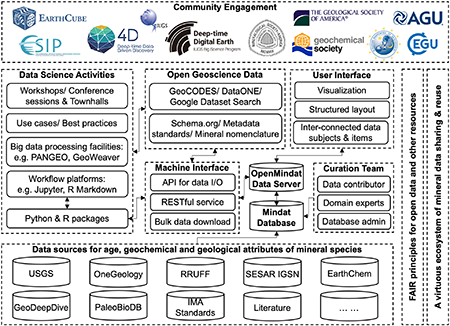
World's Largest Mineral Database Made Open
In a groundbreaking endeavor to propel mineralogy research to new heights, Prof. Xiaogang (Marshall) Ma, a geoinformatics and data science researcher at the University of Idaho, is leading the OpenMindat project. Collaborating with Jolyon Ralph, the visionary creator of Mindat, Prof. Ma's team seeks to establish an open data service that will transform the way mineral data is accessed, shared, and utilized by the scientific community. The work received a National Science Foundation grant in 2021 and impressive outputs have been achieved after two years’ hard work.

INBRE Supplement Taking High Performance Computing to New Heights with Powerful Equipment Upgrades
A recently funded NIH NIGMS supplement ($204,266) to the University of Idaho INBRE Program (Carolyn Hovde Bohach – Principal Investigator; grant # P20GM103408) will provide critical upgrades to high-performance computing infrastructure housed in the Institute for Interdisciplinary Data Sciences (IIDS) Research Computing and Data Services (RCDS) Core. These updates will enhance the accessibility and increase the impact of these computing resources state-wide. The specific importance of these upgrades to researchers is two-fold; replacing aging infrastructure that is quickly approaching its’ end of useful life and expanding existing storage, effectively doubling storage capacity.
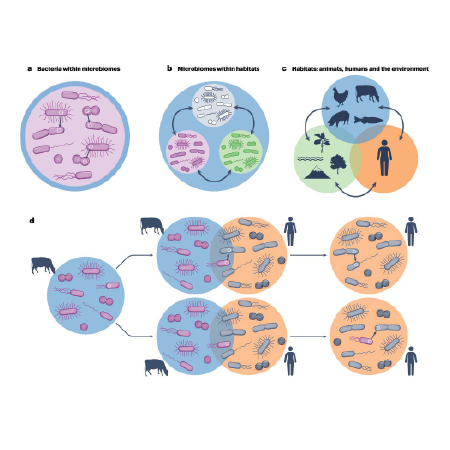
U of I Researchers Recently Published in Nature Reviews Microbiology
University of Idaho researchers Salvador Castañeda-Barba, Eva M. Top and Thibault Stalder recently published a review article in Nature Reviews Microbiology. The team used the One Health framework to synthesize how bacterial plasmids drive local and global antimicrobial resistance spread, bridging diverse habitats. It further explores ecological and evolutionary factors influencing plasmid emergence and dissemination in microbial communities.
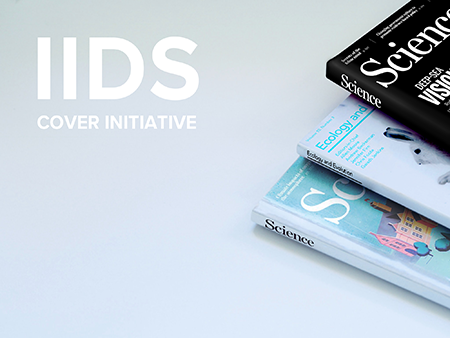
IIDS Cover Initiative
IIDS wants to help you amplify your research impact! We hope to help U of I researchers get featured on the covers of journals in which their work is published. If you have an upcoming publication related to IIDS activities and you have a great idea for a potential journal cover, let us help you bring that idea to life.
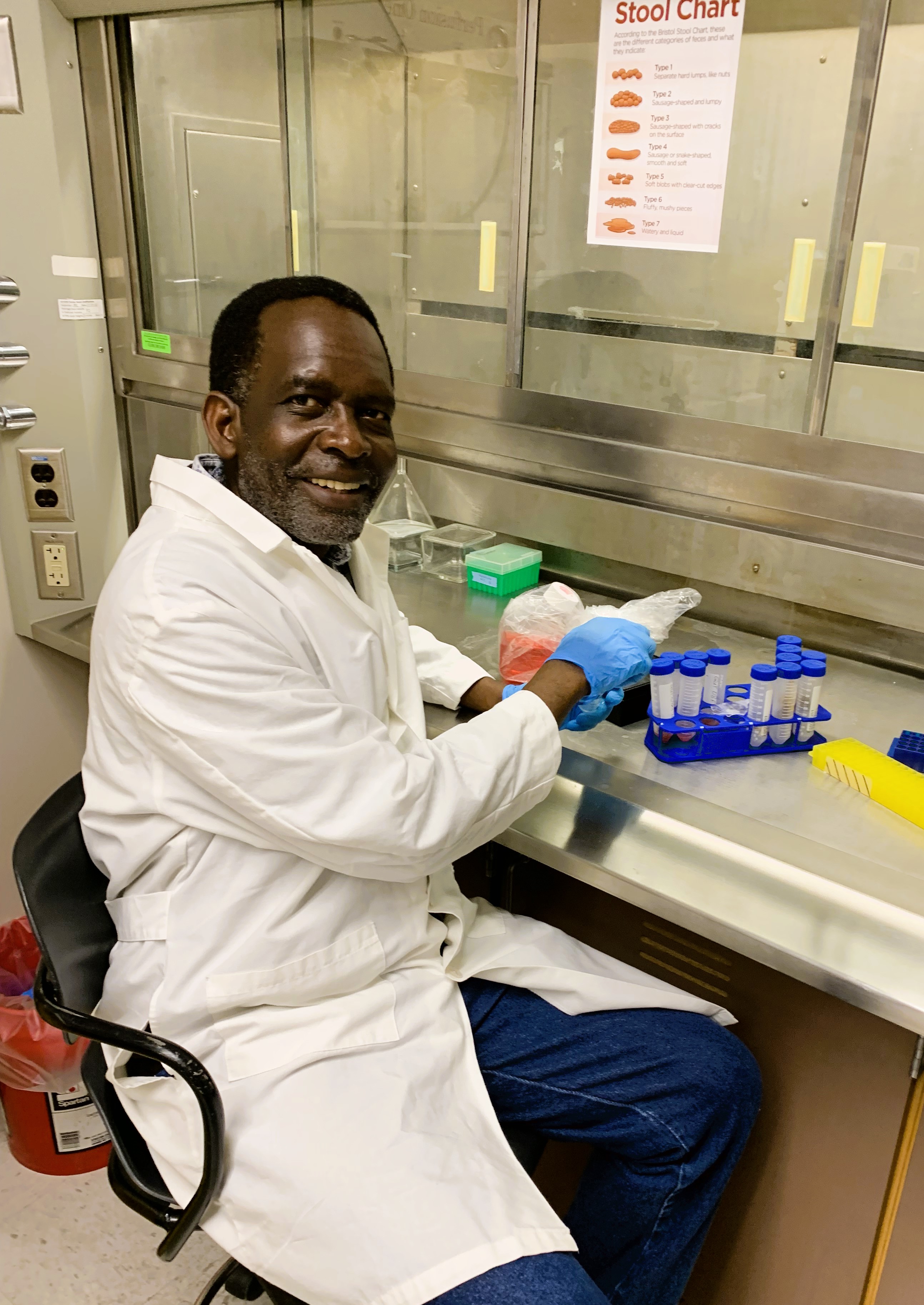
Waves of Change in the Type 2 Diabetes Research – and Microbial Gut — Community
"There is a trigger for everything," says Balemba, reflecting on the origins of his winding journey to becoming an expert in gastrointestinal system. "While growing up as a kid, I used to hear my mother complaining about bowel pain. I wanted to do something to understand its causes and help my mother. I wanted to become a medical doctor."

Mathematical Models Allow Researchers to Predict Viral Spillover from Wildlife to Humans
An interesting phenomenon arises when killing off wildlife populations that are transmitting lethal diseases to humans: it tends to increase viral spillover. Scott Nuismer explores why and how this occurs in his latest publication.
.jpg)
Outreach Activity Teaches High School Students About Molecular Deformation & Additive Manufacturing
A group of students at Pullman High School explored the science behind the PrinTimber project, which uses 3D printing to transform timber waste into housing. They learned how polymers change when stretched on a molecular level. PrinTimber utilizes this concept to benefit affordability, sustainability, and tackle climate change one house at a time.

Bats and Biological Puzzles
Bioinformatics and Computational Biology graduate Courtney Schreiner uses math to solve biological puzzles—piecing together information through mathematical models to reveal a complete biological or ecological story. Her career goal is to become a quantitative disease ecologist, and she is combining her diverse interests to get there.

Eva Top Named AAAS Fellow for Work on Drug Resistant Bacteria
Department of Biological Sciences Professor Emerita Eva Top was elected to the rank of Fellow in the American Association for the Advancement of Science (AAAS) in recognition of her pioneering work on the ecology and evolution of multiple drug resistance plasmids in bacteria.

Herpesvirus-Vectored Transmissible Vaccines Show Promise
Recent BCB graduate Tanner Varrelman published a paper examining the effectiveness of herpes viruses as vectors for transmissible vaccines. He found that these types of vaccines could have the potential to manage infectious diseases in wildlife populations.

Evolutionary Origins of Social Parasites in Ants
In a new paper, Marek Borowiec and collaborators from Harvard University and Arizona State University explore the evolutionary origins of social parasitism in ants. Their findings emphasize that social parasite syndromes readily originate in socially polymorphic organisms and evolved convergently across the ant phylogeny.

Marshall Ma Awarded Grant to Provide Open Access Mineral Data
Computer Science Assistant Professor Marshall (Xiaogang) Ma has been awarded an $800,000 grant from the National Science Foundation to transfer the data of Mindat, an online database of mineral species and their worldwide distribution, to an open access format.
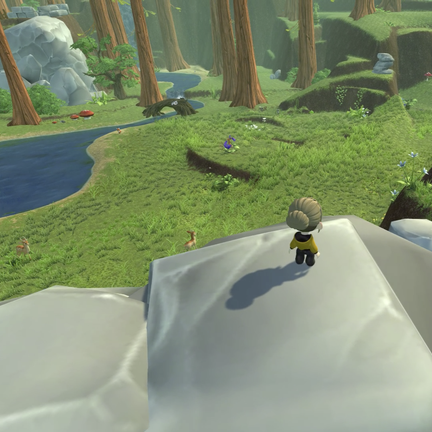
Immersive Video Game Helps Students Analyze Spread of Ticks
Barrie Robison, a professor in the Department of Biological Sciences at the University of Idaho, co-founded Polymorphic Games to incorporate evolutionary and ecological principles into video games. When his colleagues wanted to understand the growth of tickborne diseases, they recruited Robison and his studio to translate the research into a video game.

U of I and INBRE Researchers to Study Coronavirus Variants
The Idaho INBRE higher education network and the University of Idaho will sequence COVID-19 samples and study coronavirus variants in the Moscow population in hopes of preparing for and preventing future outbreaks thanks to a $737,000 grant from National Institutes of Health.

U of I-Led Study Finds Ongoing Evolution in Tasmanian Devils’ Response to Transmissible Cancer
University of Idaho researchers partnered with other scientists from the U.S. and Australia to study the evolution of Tasmanian devils in response to a unique transmissible cancer. “Our work suggests that maintaining genetic diversity across a wide set of functionally important genes is critical to make sure Tasmanian devils are able to adapt to transmissible cancers and other threats to their survival,†said Dept. of Biological Sciences Associate Professor Paul Hohenlohe.
A human being should be able to change a diaper, plan an invasion, butcher a hog, conn a ship, design a building, write a sonnet, balance accounts, build a wall, set a bone, comfort the dying, take orders, give orders, cooperate, act alone, solve equations, analyze a new problem, pitch manure, program a computer, cook a tasty meal, fight efficiently, die gallantly. Specialization is for insects.
BCB Graduate Feature: Tanner Varrelman
In 2014, Tanner Varrelman came to the University of Idaho as an undergraduate to study biology. Like many students, he wasn’t sure exactly what he wanted to do with his degree. Now a graduate of the Bioinformatics and Computational Biology (BCB) Ph.D. program, his years of research have led him to a unique combination of fields: disease and databases.

BCB Graduate Feature: Amanda Stahlke
When Amanda Stahlke started her doctoral work in the Bioinformatics and Computational Biology (BCB) program, she intended to begin by assembling and analyzing the genome of the tamarisk beetle system that has been the focus of her research for years. Now, nearing graduation, she is finally finishing the analyses and genome assemblies that she thought would be her first step. “I’ve been humbled by the task that this actually is,†she says.
Insanity is relative. It depends on who has who locked in what cage.
We always overestimate the change that will occur in the next two years and underestimate the change that will occur in the next ten. Don't let yourself be lulled into inaction.

Morphological Trade-Offs Balance Predation and Physiology
Dr. Christine Parent, associate professor in the Department of Biological Sciences, was awarded $19,000 from the Murdock Charitable Trust for the Partners in Science Program. The funded project, submitted and awarded through IBEST, will connect Parent with Paradise Creek Regional High School science teacher Matthew Pollard to study evolution using the Galápagos land snail as a natural system.
The city's central computer told you? R2D2, you know better than to trust a strange computer!

GeoWeaver: Improving Workflows for AI and Machine Learning
When it comes to artificial intelligence (AI) and machine learning (ML), researchers are often stuck managing workflows on their own. The variety and complexity of ML models and the tremendous number of disparate tools and platforms make solo management a challenge, especially when big Earth data is involved. GeoWeaver is the open source workflow management solution that many AI practitioners urgently need.
Everything is theoretically impossible, until it is done.
Only two things are infinite, the universe and human stupidity, and I'm not sure about the former.

Understanding Genetic Differences Will Help Manage an Idaho Pest
A Wireworm is the small grub-like larva of a click beetle. It’s a major pest to Idaho farmers, and poses a continually growing economic threat. Researchers at the University of Idaho and the Idaho Wheat Commission have found that two species of wireworms are actually comprised of multiple genetically distinct groups that are divergent enough to be considered unique species. They found a total of five potential species, which means that managing these pests could be even more difficult.
.jpg)
Zebrafish May Hold Clues for Retinal Regeneration in Humans
What can zebrafish do that humans can’t? They can regenerate damaged neurons in their retina, for starters. Assistant Professor Diana Mitchell in the Department of Biological Sciences recently received $1.25 million of direct funding from the National institutes of Health (NIH) to study specialized immune cells called microglia and macrophages, to determine if the function of these cells could help explain why zebrafish have this ability and humans don’t.
You have attributed conditions to villainy that simply result from stupidity.
.jpg)
Flipped sex roles in pipefish, seahorse topic of U of I research
The Jones Lab recently received two grants from the National Science Foundation (NSF) valued at about $1.5 million to further research how sexual selection and sexual conflict — which gives rise to different characteristics in males and females — affect the genome. Combined, the studies will last four years.
A learning experience is one of those things that say, 'You know that thing you just did? Don't do that'.
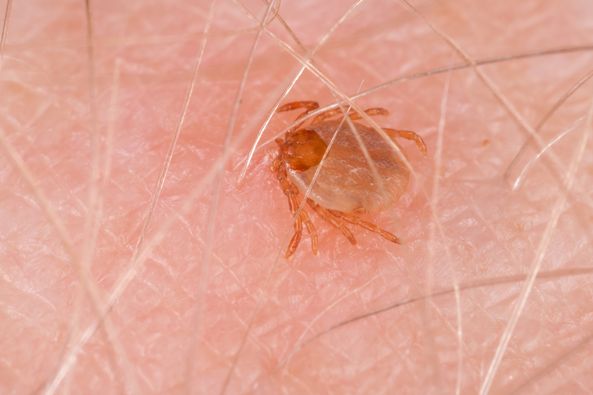
U of I Research Team Earns Nearly $6M to Battle Lyme Disease, Surging Tick-Borne Illnesses
University of Idaho researchers are leading a nearly $6 million National Science Foundation (NSF) cooperative agreement, using large and complex data sets to improve prediction and response measures for tick-borne diseases.
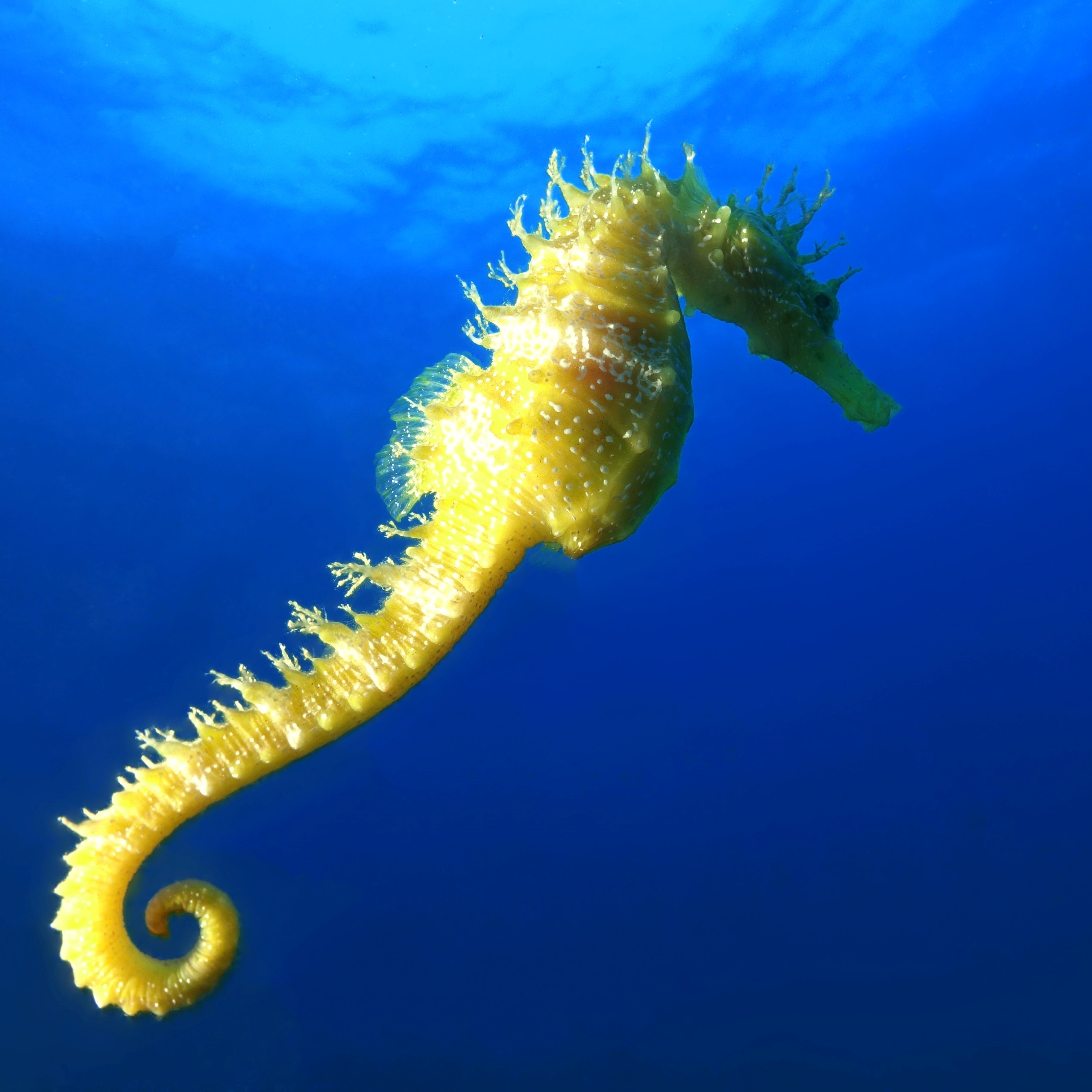
Adam Jones Awarded $1 Million Comparative Genomics NSF Grant
Adam Jones, a professor in the Department of Biological Sciences, was awarded a $1 million comparative genomics grant from the National Science Foundation (NSF) to study sexual selection and sexual conflict in pipefish and seahorses over the next four years. He aims to better understand the under-studied relationship between sexual selection and genomes.

BCB Alumni Feature: Pavitra Roychoudhury
Pavitra Roychoudhury has been around the world for her education and career. Her path has run from India, Nigeria, Ghana, and Singapore to Idaho and Washington state, where she currently resides. A graduate of the University of Idaho’s Bioinformatics and Computational Biology program, she is using her training and experience to help answer questions about the SARS-CoV-2 virus (COVID-19) through genomic sequencing.

2019 Highly Cited Researcher Series: Luke Harmon
Read interviews with influential U of I researchers in our 2019 Highly Cited Researcher Series. Luke Harmon is a Professor in the Biology Department, and one of four faculty from the University of Idaho recognized by Web of Science Group as a highly cited researcher in 2019.

2019 Highly Cited Researcher Series: John Abatzoglou
Read interviews with influential U of I researchers in our 2019 Highly Cited Researcher Series. John Abatzoglou is an Associate Professor in the Geography Department, and one of four faculty from the University of Idaho recognized by Web of Science Group as a highly cited researcher in 2019.
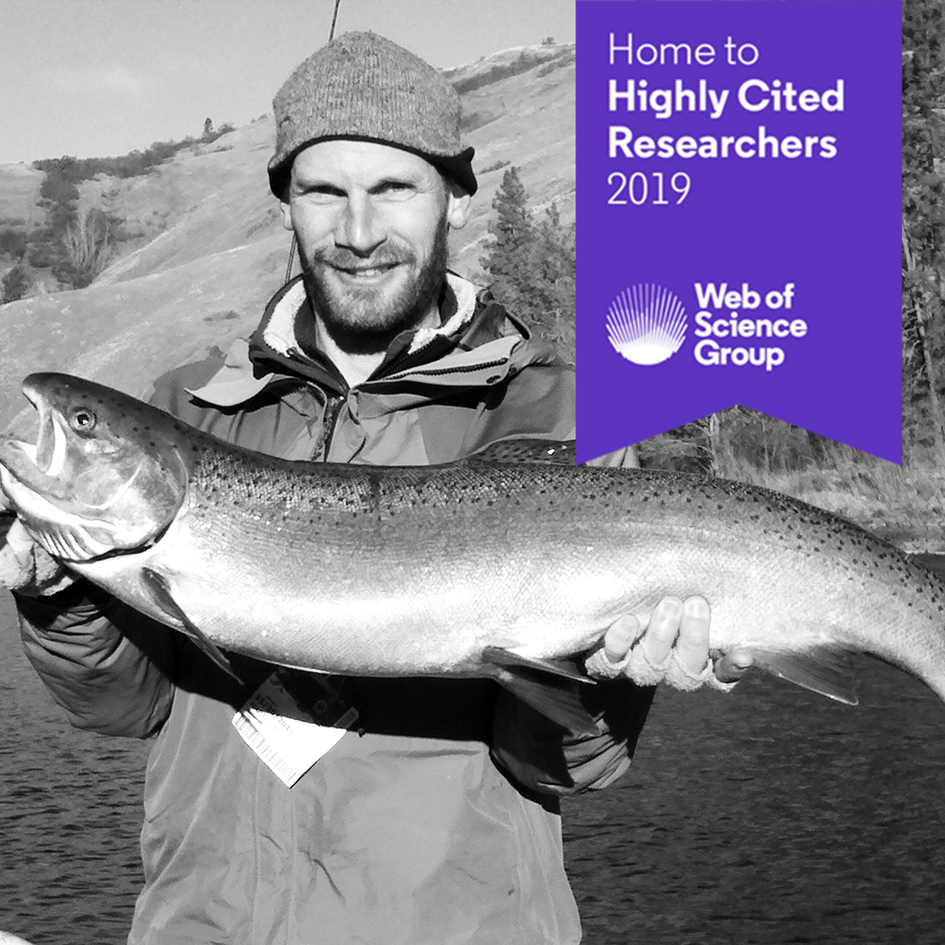
2019 Highly Cited Researcher Series: Paul Hohenlohe
Read interviews with influential U of I researchers in our 2019 Highly Cited Researcher Series. Paul Hohenlohe is an Associate Professor in the Biological Sciences Department, and one of four faculty from the University of Idaho recognized by Web of Science Group as a highly cited researcher in 2019.
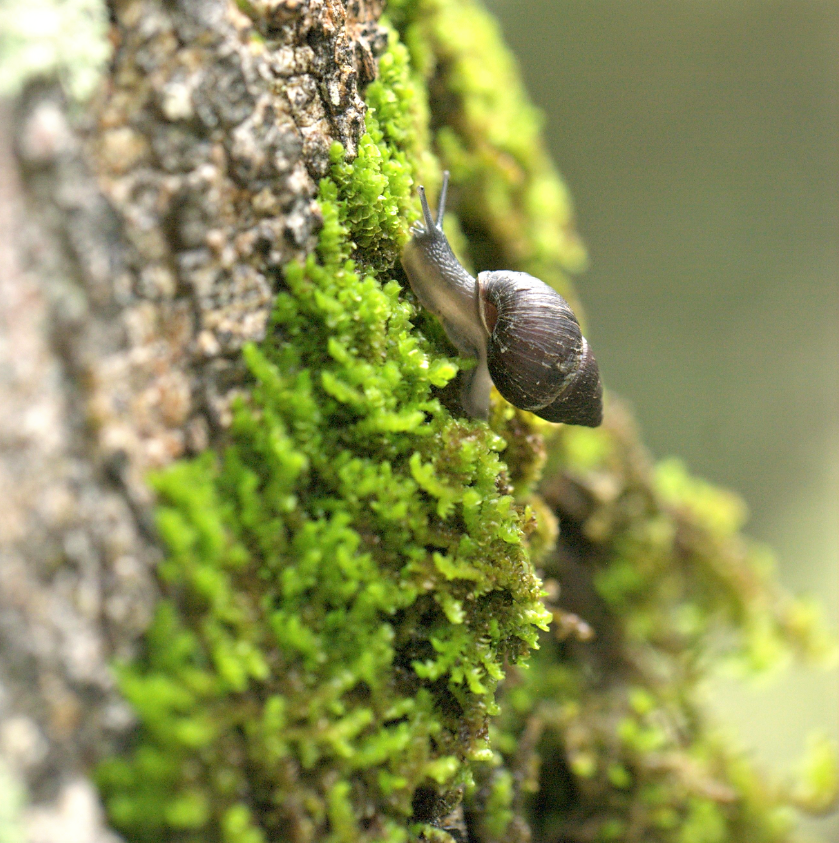
Not So Slow After All
Researchers from the Parent Lab in the Biological Sciences Department recently published a paper in the Journal of Heredity about the colonization and speciation sequence in Galapagos endemic land snails. Contributors include U of I researchers and grad students, as well as students and faculty from other universities.

Satellites on the Homestead
The RangeSAT project is a collection of user-based web tools for ranchers & land managers that aims to improve land management practices for grazing. It uses vegetation information from satellite imagery to help farmers sustainably graze their livestock. This project embodies collaboration between researchers, ranchers, and organizations in many fields.

Grad Student Develops Program to Increase Accuracy of Community Formation Processes
Ph.D. candidates Megan Ruffley, Katie Peterson, and Bob Week recently had a paper published in Ecology and Evolution titled “Identifying Models of Trait-Mediated Community Assembly Using Random Forests and Approximate Bayesian Computationâ€. This publication is the second chapter of Ruffley’s dissertation and the culmination of her lab rotation in Luke Harmon’s lab.
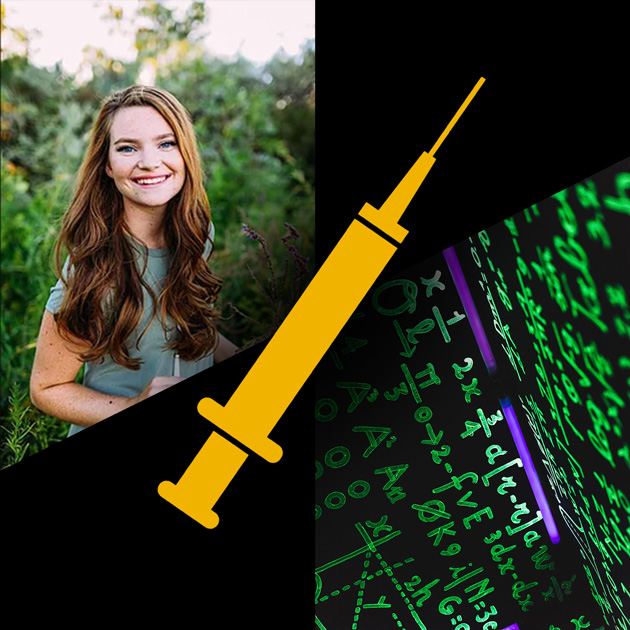
Getting the Timing Right
Undergraduate researcher Courtney Schreiner, from Scott Nuismer's lab, just had her first paper published in the British Ecological Society’s Journal of Applied Ecology—no small feat for an undergraduate student. Schreiner’s paper entails her research on the timing of vaccinations for wildlife populations. Many infectious diseases in humans and domesticated animals come from wildlife populations, hence the importance of studies like these.

Jill Johnson Receives $1 Million NIH Grant
Jill Johnson from the Biological Sciences department was awarded a 1 million dollar NIH grant. The grant is the result of an IBEST-funded pilot project, and will allow her to further study the Hsp90 function. Hsp90 is a global cellular regulator that controls the function of up to 15% of all cellular proteins, including many proteins that drive cancerous cell growth. Drugs that target Hsp90 block the function of cancer-causing proteins and stop tumor growth but are too toxic for general use. With this grant, Johnson and her collaborators hope to provide research that aids in the development of more selective and less toxic Hsp90-inhibiting drugs.
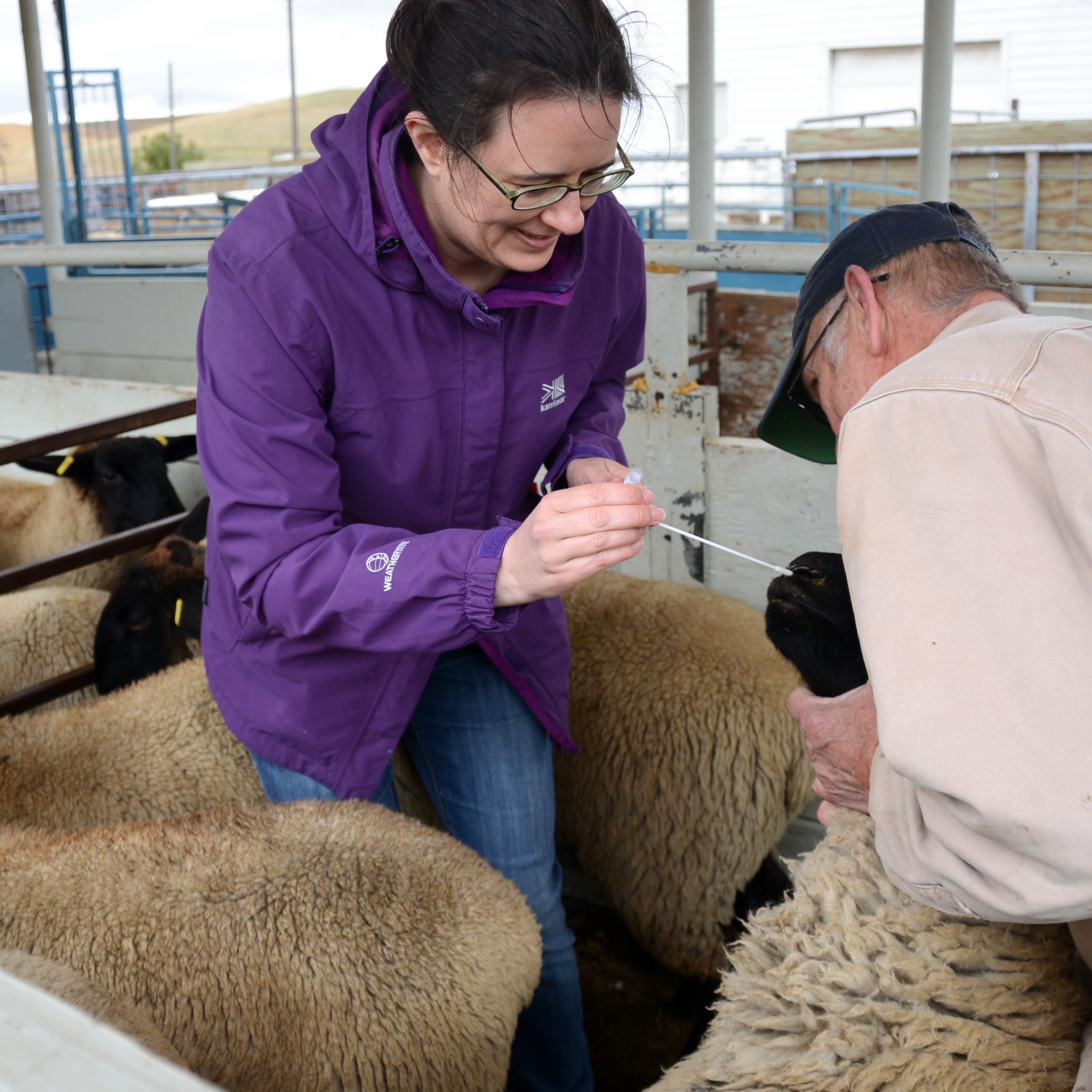
Domestic Sheep Swabbed for Movi Bacteria
Wrestling sheep on a cold morning in order to swab their noses may sound strange, but what researchers learn from these swabs could help protect the sheep in the long run. Kim Andrews from the GRC took nasal swabs from over 75 young sheep on October 17, with the help of the University of Idaho Sheep Center team and Thibault Stalder from Eva Top's lab. These samples will soon be tested for Mycoplasma ovipneumoniae (Movi). This is the beginning of a study that aims to eventually aid in the creation of a vaccine to protect sheep against the Movi bacteria.
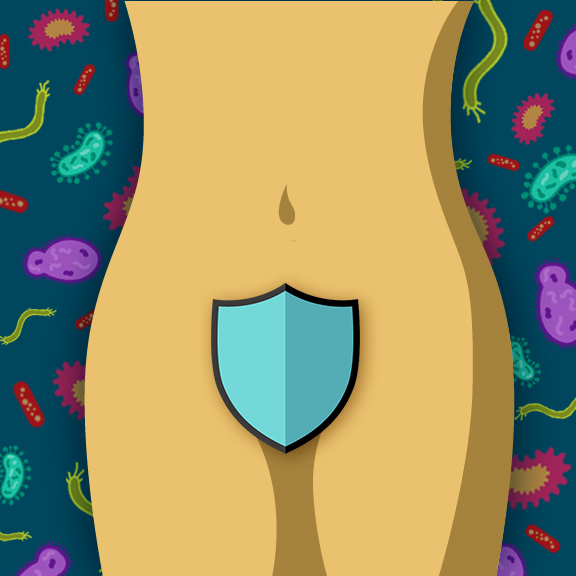
Bacteria in the Human Vagina that Produce D-Lactic Acid Promote Resistance to Chlamydial Infections
Department of Biological Sciences Distinguished Professor Dr. Larry Forney, in collaboration with researchers from the University of Maryland, recently published a paper entitled “The cervicovaginal microbiota-host interaction modulated Chlamydia trachomatis infection†in the journal mBio that detailed their most recent study of the vaginal microbiome. Their research revealed mechanisms by which D-lactic acid produced by bacteria in the vagina might help protect women against Chlamydia trachomatis. These findings may enable the development of novel microbiome-based therapeutic strategies to protect women from infections and improve vaginal and cervical health.
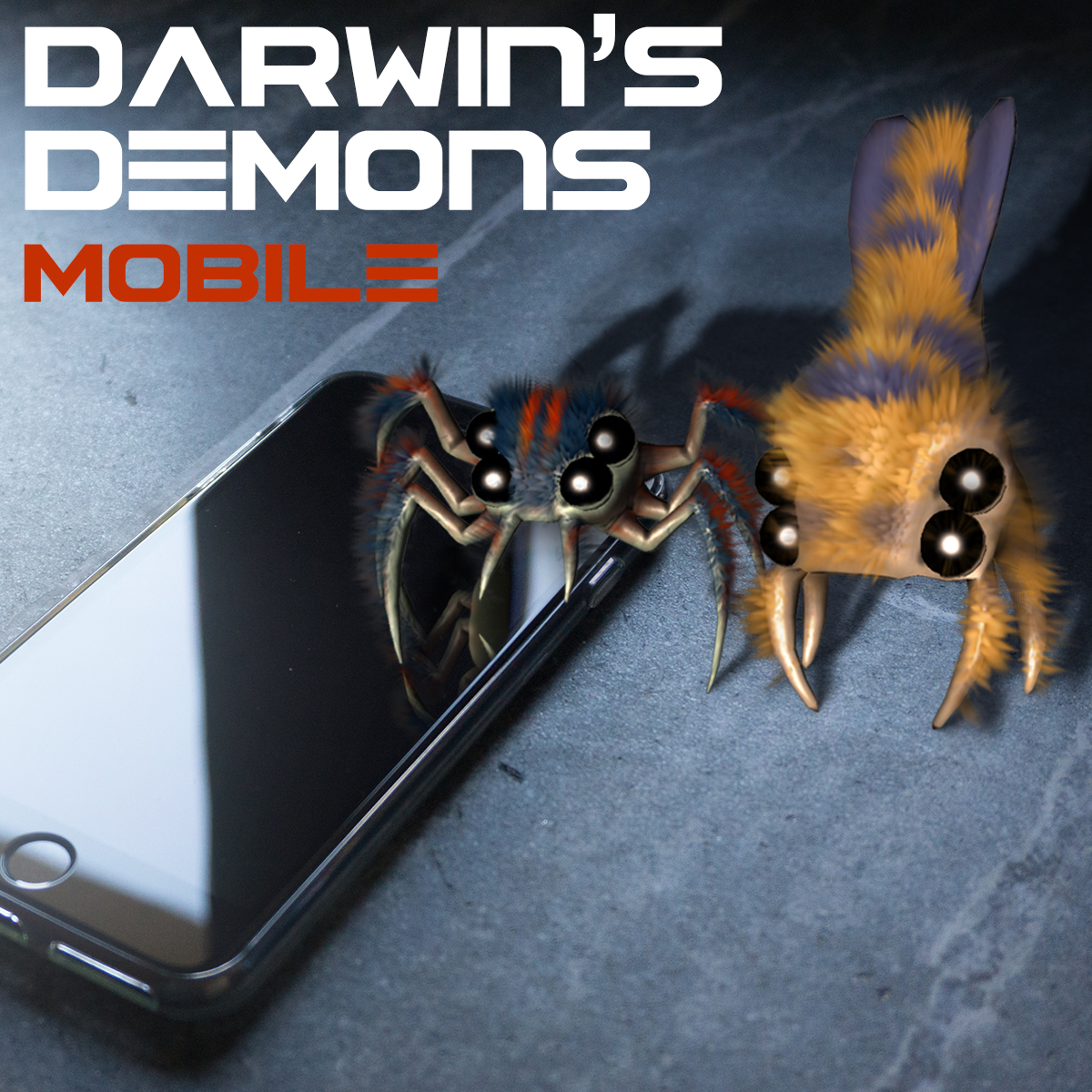
Polymorphic Games Receives Grant for Evolutionary Mobile Game
Professor Barrie Robison recently received a $74,700 IGEM grant from the Idaho State Board of Education. He and co-PI Terence Soule will use the grant to create a mobile version of the first game produced by the Polymorphic Games Studio, entitled “Darwin’s Demonsâ€. The new version of Darwin’s Demons, will bring evolutionary procedural content generation into the world of mobile gaming. This technique uses evolutionary models to evolve original game content as the game progresses rather than relying on pre-programmed content—an innovative programming approach developed by Polymorphic Games. The studio has released two commercial games so far that utilize evolutionary procedural content generation, and both games get more difficult over time as the opponents’ appearance, behavior, and traits adapt to the choices and strategy of the player.

Paul Rowley Interviews with IDH About Novel Antifungal Proteins
Dr. Paul Rowley of the Biological Sciences department was recently interviewed by the Infectious Diseases Hub about his work exploring novel antifungal proteins. With rising resistance to antifungals, there is a need for new approaches and new drugs to treat fungal infections. In his interview, Rowley speaks about his research identifying novel antifungal proteins from Saccharomyces cerevisiae yeasts and whether these could be translated into the medications of the future.
One, remember to look up at the stars and not down at your feet. Two, never give up work. Work gives you meaning and purpose and life is empty without it. Three, if you are lucky enough to find love, remember it is there and don't throw it away.
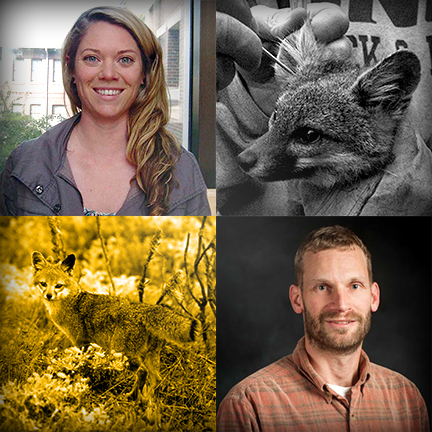
Graduate Brings Ear Cancer in Channel Island Foxes to Light
Sarah Hendricks spends her days analyzing white rhino genomes at the San Diego Zoo Institute for Conservation Research as part of a program aimed at keeping the animals from extinction. She uses ground-breaking genetic techniques to assess, observe, and manage endangered species and prevent species extinction. It's the perfect job for Hendricks, who graduated from the University of Idaho in spring 2019 with a PhD in Bioinformatics and Computational Biology. As a U of I student, Hendricks went to Paul Hohenlohe, associate professor of evolutionary biology in the Department of Biological Sciences, and asked him if she could research the genetics of the foxes. Hohenlohe, who does similar work with Tasmanian devils, readily agreed. "While studying facial cancer in Tasmanian devils, my team found individual devils with tumor regression," Hohenlohe said. "The DNA sequencing of these individuals identified a gene that could play a role in that. Sarah and I believed that there might be something comparable happening with the foxes."

DARPA Visits the University of Idaho on October 9th
U.S. Defense Advanced Research Projects Agency (DARPA) program officials from the Biological Technologies Office (BTO), the Defense Sciences Office (DSO) and the Information Innovation Office (I2O) will be on the U of I Moscow campus Wednesday, Oct. 9, for an all-day event where faculty members and others can learn about research funding opportunities.

Faculty Success Seminar Schedule Announced
The Research and Faculty Development team is pleased to announce the academic year schedule for our Faculty Success Seminars! These one-hour seminars will deliver information to enhance the competitiveness of proposals seeking funding to support research and scholarly efforts. These will take place from 12:30 p.m. - 1:30 p.m. PT in IRIC 305, and will also be connected to other UI centers via Zoom. All seminars are open to faculty members, postdocs, and graduate students, and they will be recorded.
If I have seen further it is by standing on the shoulders of Giants.
You cannot teach a man anything; you can only help him discover it in himself.
The saddest aspect of life right now is that gathers knowledge faster than society gathers wisdom.
We pass through this world but once. Few tragedies can be more extensive than the stunting of life, few injustices deeper than the denial of an opportunity to strive or even to hope, by a limit imposed from without, but falsely identified as lying within.

Jill Johnson Publishes Paper on Heat Shock Proteins in Nature Communications
Professor Jill Johnson, in collaboration with researchers at the University of Alberta and the University of Würzburg, recently published a paper in Nature Communications titled: “The conserved NxNNWHW Motif in Aha1-type co-chaperones modulates the kinetics of Hsp90 ATPase stimulation and is essential for in vivo function.†This research seeks to understand how Hsp90 partners with interacting cochaperones to help 10-15% of cellular proteins fold properly. As part of an IBEST pilot grant award to Dr. Johnson, she identified a version of Hsp90 that increases the requirement for specific cochaperones, allowing more detailed analysis of their function. Hsp90 binds and hydrolyzes ATP, but the link between this activity and function remains unclear. This work suggests that one type of cochaperone regulates a critical step that occurs after ATP hydrolysis. Future collaborative efforts will lead to a greater understanding of Hsp90 function, with the eventual goal of learning how changes in nucleotide release affect the ability of Hsp90 to interact with misfolded proteins.
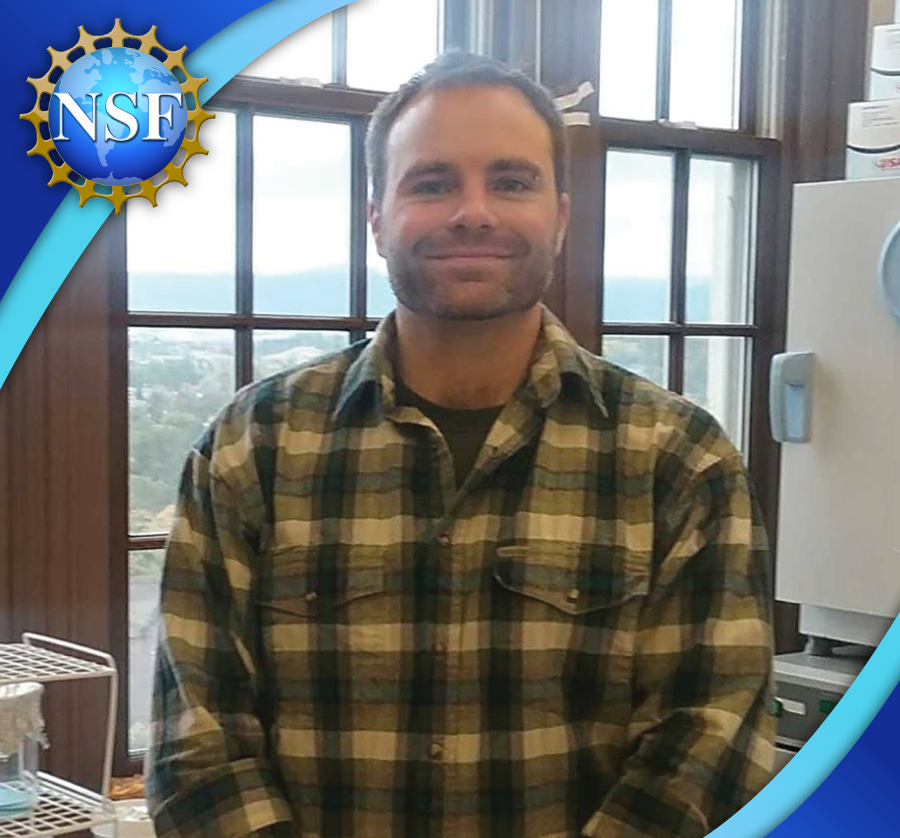
BCB PhD Student Clint Elg Awarded NSF Graduate Research Fellowship Program (GRFP) Award
Clint Elg is one of only 2,050 students country-wide who is receiving the prestigious and very competitive NSF graduate research fellowship this year! Elg is a Ph.D. student in the Bioinformatics and Computational Biology (BCB) program and is in the lab of Dr. Eva Top in Biological Sciences. There is only one other U of I student this year who is offered the same fellowship. The NSF Graduate Research Fellowship Program recognizes and supports outstanding graduate students in NSF-supported science, technology, engineering, and mathematics disciplines who are pursuing research-based masters and doctoral degrees at accredited United States institutions.
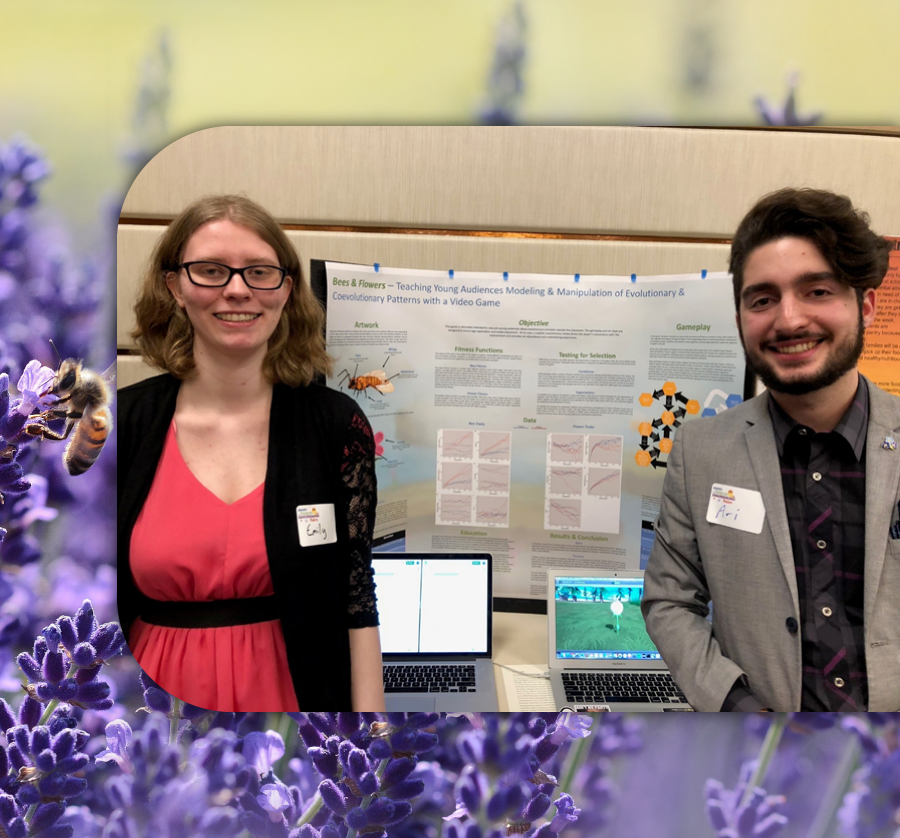
Polymorphic Games Interns Win Big at the North Idaho Science & Engineering Fair
Emily Ball and Ari Carter, high school interns in the University of Idaho’s Polymorphic Games studio, had a resoundingly successful day at the North Idaho Science & Engineering Fair in early March; leaving the event with three major awards and two special ones. Their educational video game Bees & Flowers, entered in the math/computer science/ integrated systems category, received a gold medal, a best-in-category, and was the second runner up project for the entire fair out of 83 entries. Ari and Emily’s game also received two special awards including the Outstanding Research Project award from the Idaho Academy of Science and the Intel Excellence in Computer Science award. Bees & Flowers is a video game made to explain evolutionary concepts to elementary and middle school-aged children by showing the coevolutionary relationship between honey bees and flowers. Working in the Polymorphic Games studio in IRIC 107, Emily created the art and 3D models, while Ari programmed the mechanics of the game and the evolutionary model.
It is strange that only extraordinary men make the discoveries, which later appear so easy and simple.

Diana Mitchell and the GRC published in Scientific Reports - Nature
Assistant Professor Diana Mitchell, in collaboration with Professor Deb Stenkamp of the Dept. of Biological Sciences and the IBEST GRC, recently published a paper in the Scientific Reports - Nature journal titled: “Regeneration associated transcriptional signature of retinal microglia and macrophages.†Funding for this work was provided by Idaho INBRE through a Technology Access Grant awarded to Dr. Mitchell and an NIH R21 awarded to Dr. Stenkamp. Their research seeks to understand the remarkable capacity in which zebrafish can regenerate retinal neurons, in this case with a focus on immune cell populations present during retinal repair. This manuscript is the first work of its kind to use RNA sequencing to probe macrophage populations isolated from tissue in a regenerative state. This work has increased the knowledge of macrophage functions during zebrafish retinal regeneration and provides a wealth of candidate pathways towards understanding macrophage functions in this context.
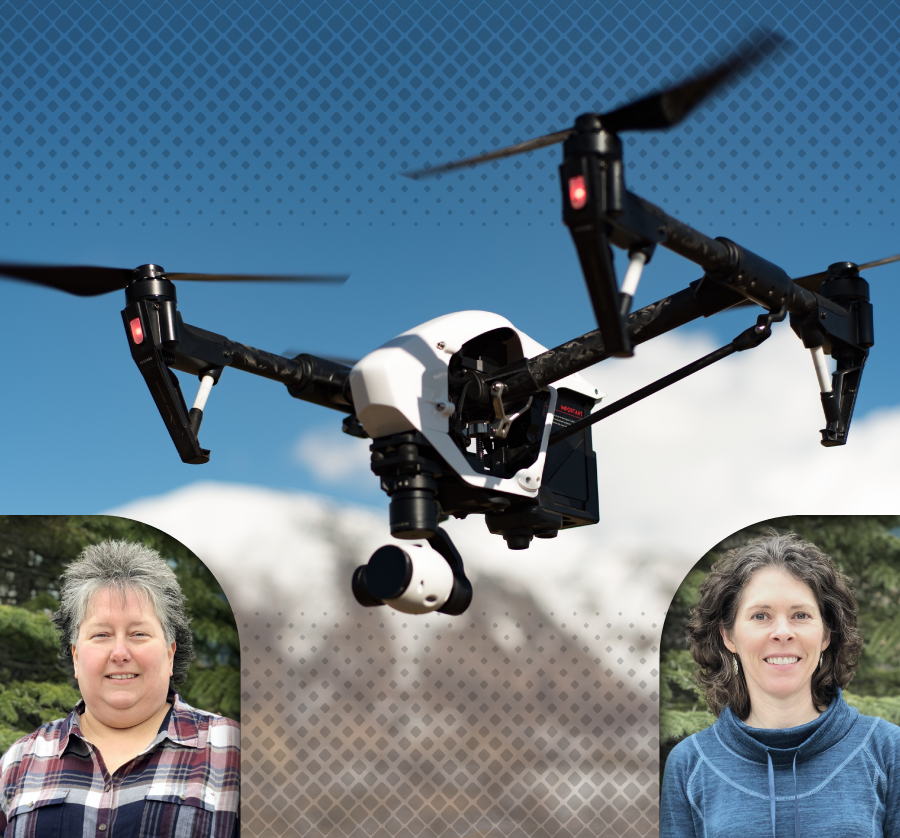
U of I Drone Experts to Hold Immersive Half-Day Workshop in Lewiston
Jennifer Hinds and Gina Wilson at the Northwest Knowledge Network and the Institute for Bioinformatics and Evolutionary Studies will lead a drone workshop titled "Rising to New Heights: Drones, Data and Science†Wednesday, March 27, among a series of events over three days at the Northwest Science Association's 90th annual meeting at Lewis-Clark State College in Lewiston. The introductory workshop will cover a broad range of topics on the use of drones in natural resources and will include a combination of lecture and hands-on activities for flight planning and processing drone captured data. Registration is required and one-day passes are available.

Dept of Fish and Wildlife Sciences Researcher Ryan Long Published in Science
Assistant Professor Ryan Long from the Department of Fish and Wildlife Sciences published in Science. Working in Gorongosa National Park, Mozambique, Long and his colleagues found that bushbuck, a forest-dwelling antelope, began to graze the plains after the country's civil war exterminated large predators. In a domino effect, this change in bushbuck foraging behavior altered plant growth on the plain. However, when the researchers mimicked the smell and sounds of predators, bushbuck reversed this behavior, suggesting that the effects of human-caused extermination of big predators can also be reversed if predators are restored.
I seem to have been only like a boy playing on the seashore, and diverting myself in now and then finding a smoother pebble or a prettier shell than ordinary, whilst the great ocean of truth lay all undiscovered before me.
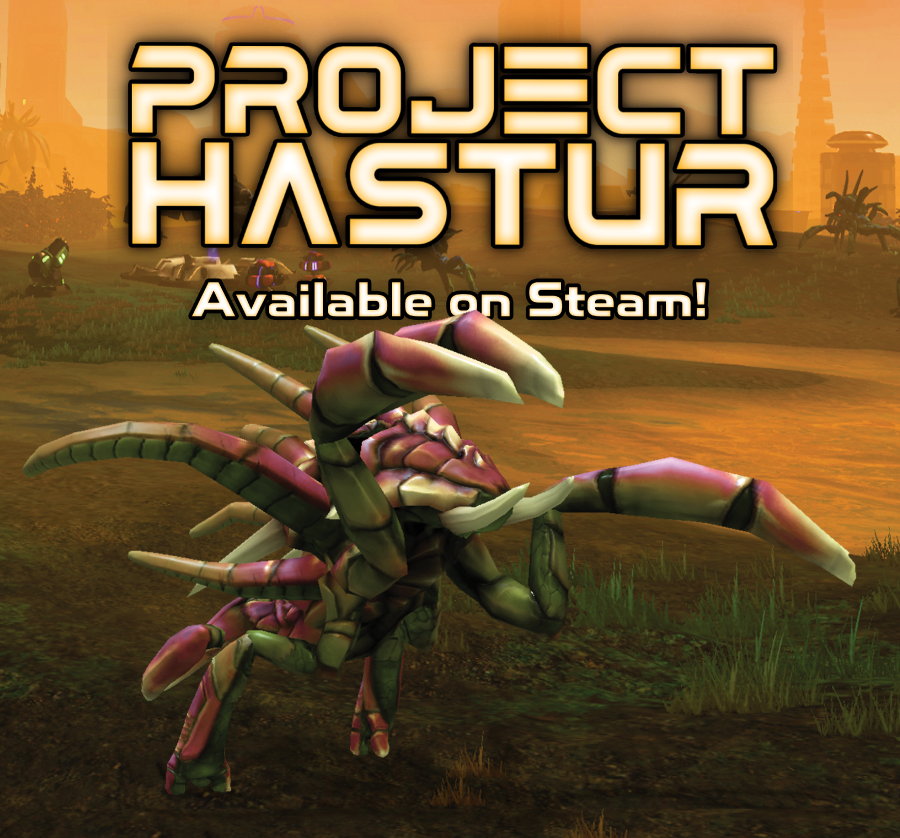
Polymorphic Games Releases Newest Game, Project Hastur
Polymorphic Games has just released their newest game "Project Hastur" on Steam in honor of #DarwinDay. PROJECT HASTUR creates a unique challenge by combining elements of 3D tower defense and real-time strategy with biological evolution. Fight against alien Proteans that evolve - using biologically accurate models of evolution - to overcome the player’s defenses. Each creature you will face has its own unique genome controlling its abilities, behaviors, and appearance. Those that make it the furthest and do the most damage to your defenses have the most offspring you will have to defeat in the next generation. The result? Evolution responds to the player’s strategy and makes every playthrough a unique experience.
Nothing in life is to be feared, it is only to be understood. Now is the time to understand more, so that we may fear less.
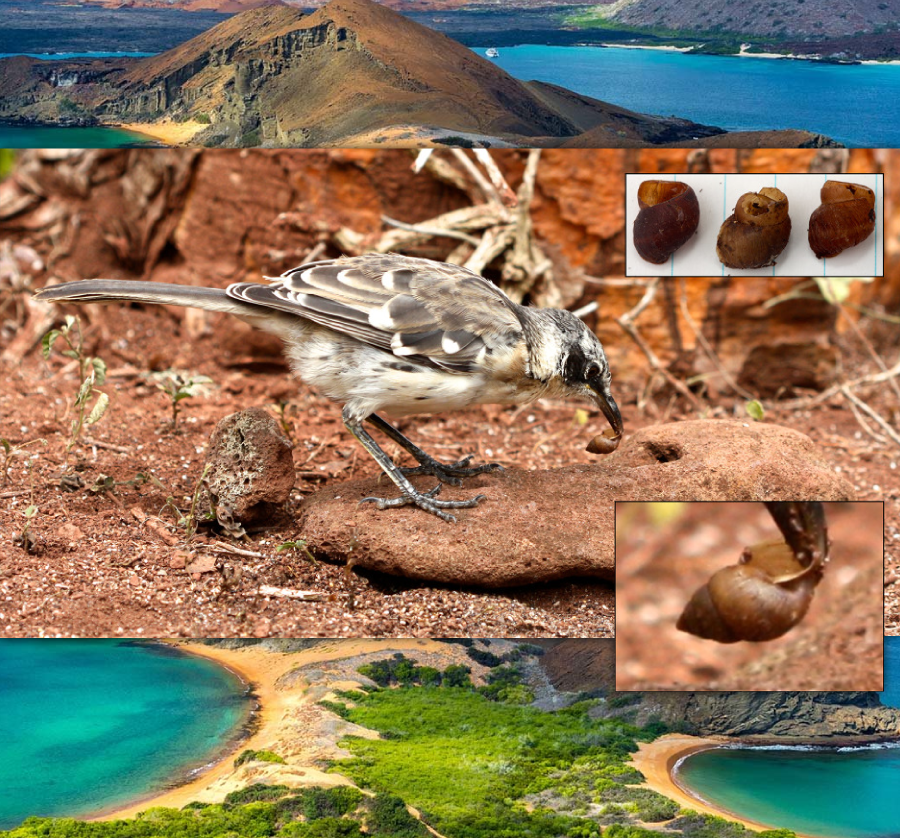
U of I Researchers Investigate the Snail Rainbow
Department of Biological Sciences' Christine Parent, Andrew Kraemer, and BCB student Andrew Rankin published a paper on Galápagos snails in the Proceedings of The Royal Society B. They found mockingbirds were less likely to feed on snails that matched the color of their backgrounds than conspicuous snails. They think this food selection process may have led to the variation in snail color across the island chain. In addition, it seems the snails in the sunniest locations have evolved to reflect more light than shade-dwelling snails, an adaptation that would help them avoid overheating.
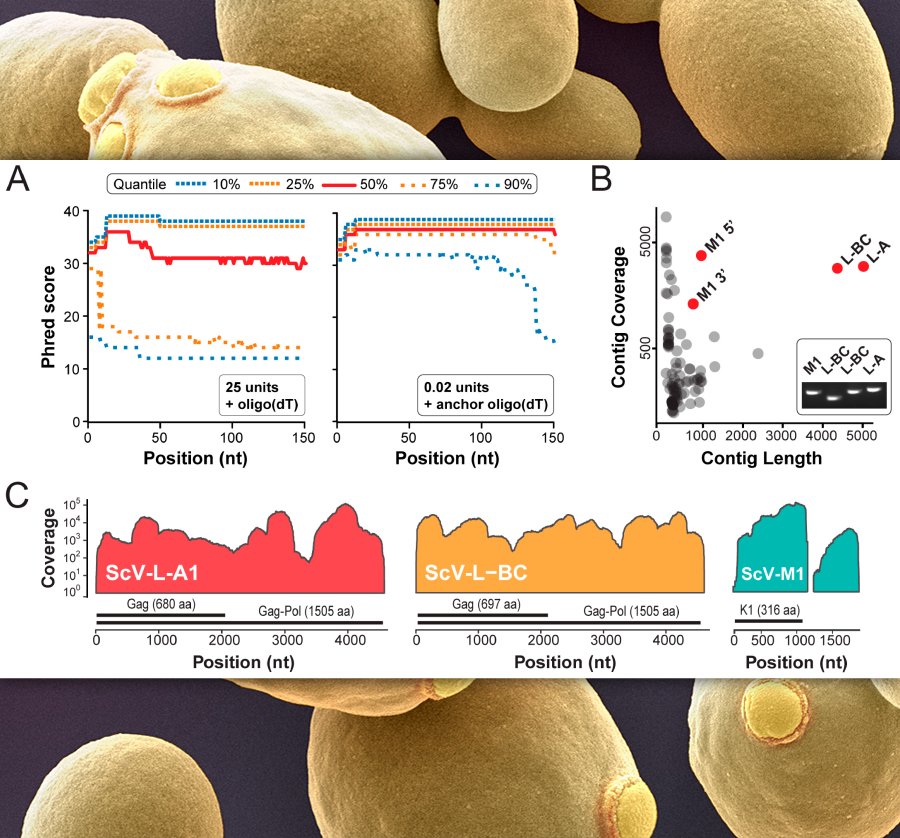
IBEST Researchers Create New Method to Study Viruses in Fungi
Department of Biological Sciences' Paul Rowley, Angela Crabtree, Emily Kizer and James Van Leuven, as well as Samuel Hunter, Daniel New and Matthew Fagnan with the Institute for Bioinformatics and Evolutionary Studies (IBEST) Genomics Resources Core published a study in the journal Viruses. Brewer's and Baker's yeast play host to many viruses that have genomes made of double-stranded RNA. This type of genetic material is labor-intensive and time-consuming to analyze. The team created a new method to purify and sequence the double-stranded RNAs of two mycoviruses in yeast. They discovered new mutations in the RNA that increased the toxicity of an antifungal drug produced by yeast.
The nice part about being a pessimist is that you are constantly being either proven right or pleasantly surprised.
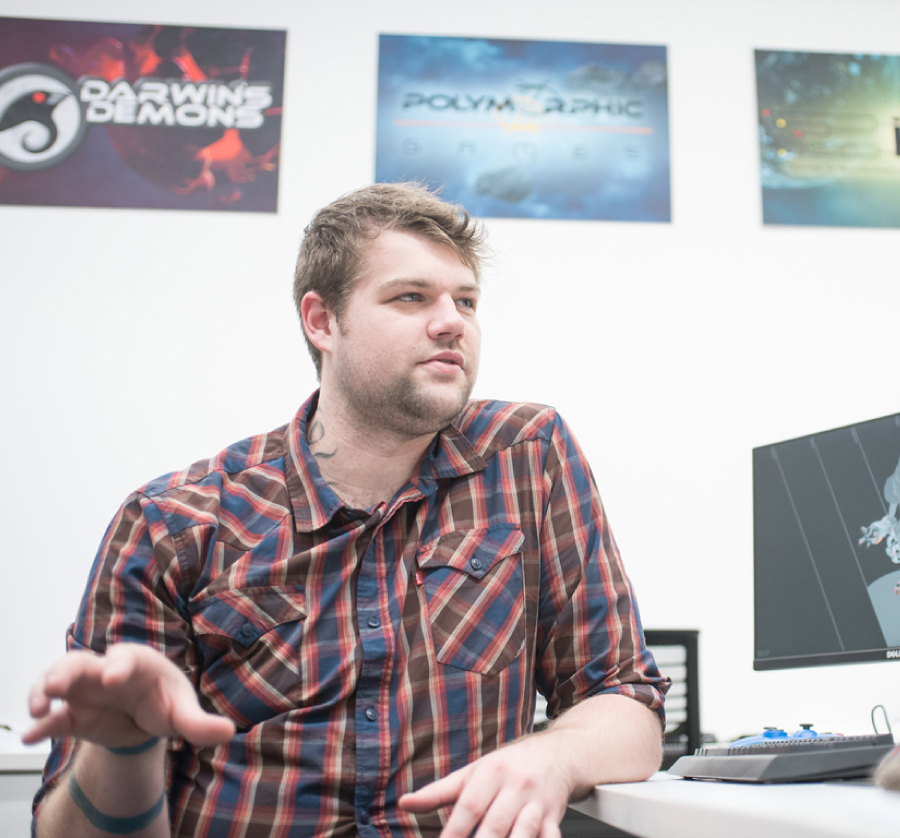
Cameron Perry: Animating a Hero
At age 6, Cameron Perry began playing a video game that featured a world undergoing industrialization. The consequences were environmental degradation and the exploitation of labor. Perry didn’t understand the themes at the time. He was more concerned with helping his character escape a meat packing plant and join a band of revolutionaries. Over time, the game’s motif started to sink in. “There’s plenty of issues in fiction where you have a prominent social issue and it’s an analog for what’s going on in the real world,†said Perry, a virtual technology and design student graduating in fall 2018 from the University of Idaho College of Art and Architecture. “Abstracting things like that lets us examine social issues that might otherwise be uncomfortable.†Perry worked for Polymorphic Games at U of I and created animations for Project Hastur, a video game where users try to protect humanity from invading aliens that evolve in response to users’ defenses. He also worked for the university’s Institute for Bioinformatics and Evolutionary Studies, designing a mobile app prototype to teach kids about snail biology, evolution and conservation. A native of Boise and Bonners Ferry, Perry, 26, already has a job lined up creating virtual reality environments as a more engaging and less costly aid for workplace training. Someday, though, Perry would like to return to the realm of video games, creating “oppressive worlds that people are fighting back against.â€
The optimist proclaims that we live in the best of all possible worlds; and the pessimist fears this is true.
U of I Study Predicts Increase in Global List of Threatened Plant Species
MOSCOW, Idaho — Dec. 3, 2018 — More than 15,000 plant species have a high probability of being considered threatened or near-threatened under a new model used to predict conservation status. The model, which shows the predicted levels of risk to plants worldwide, was published as part of a study to help governments and resource managers evaluate where conservation resources are most needed. Findings from the model, built by a research team from the University of Idaho, University of Maryland, Radford University and The Ohio State University, were published today in the Proceedings of the National Academy of Sciences. The International Union for Conservation of Nature’s (IUCN) Red List of Threatened Species is a powerful tool for researchers and policymakers working to limit species loss across the globe. A new approach developed at U of I and The Ohio State University uses the power of machine learning and open-access data to predict plant species that could be eligible for at-risk status on the IUCN Red List. Adding even a single species to IUCN’s Red List demands hours of expensive, rigorous and highly specialized research. As a result, many known species have not been formally assessed by the IUCN and ranked from least concern to critically endangered; only about 5 percent of all currently known plant species appear on IUCN’s Red List in any capacity. The research team created and trained a machine learning algorithm to assess more than 150,000 species of plants from all corners of the world, making their project among the largest assessments of conservation risk to date. The researchers trained the model using open-access data from the relatively small group of plant species already on the IUCN Red List, and then applied the model to the many thousands of plant species that remain unlisted by IUCN. “Our method isn’t meant to replace formal assessments using IUCN protocols. It’s a tool that can help prioritize the process, by calculating the probability that a given species is at risk,†said Anahà EspÃndola, who worked on the project as a U of I postdoctoral researcher and now is an assistant professor at the University of Maryland. “Ultimately, we hope it will help governments and resource managers decide where to devote their limited resources for conservation. This could be especially useful in regions that are understudied.†The model predicted roughly 10 percent of the total plants assessed by the team have a high probability of qualifying as near-threatened or worse. Maps of the data indicate at-risk species tend to cluster in areas already known for their high native biodiversity, such as the Central American rainforests and southwestern Australia. The model also flagged regions such as California and the Southeastern United States, which are home to a large number of endemic species not naturally occurring anywhere else on Earth. “Although our primary goal was to help prioritize the process for ranking species, identifying geographic areas with high concentrations of potentially at-risk species was an added bonus,†said David Tank, associate professor in U of I’s Department of Biological Sciences. The model also flagged a few surprising areas not typically known for their biodiversity, such as the southern coast of the Arabian Peninsula, as having a high number of at-risk species, according to the study. Some of the most imperiled regions have not received enough attention from researchers, EspÃndola said. She hopes the study method can help to fill in some of these knowledge gaps by identifying regions and species in need of further study. “We’re in an era in which large-scale public databases contain massive amounts of information,†said Jack Sullivan, a professor in U of I’s Department of Biological Sciences. “This paper demonstrates that machine learning approaches can yield important conclusions in biodiversity studies by detecting signals and patterns in big data.†Media note: An image associated with the study’s findings is attached to the press release. Image caption: This map shows the predicted levels of risk to more than 150,000 species of plants located worldwide. Warmer colors denote areas with larger numbers of potentially at-risk species, while cooler colors denote areas with low overall predicted risk. Image credit: Anahà EspÃndola and Tara Pelletier. This project was funded under National Science Foundation grant No. DEB-1457726. The total amount of federal funds for the project is $622,609 of which 100 percent is the federal share.
Whoever is careless with the truth in small matters cannot be trusted with important matters.
A scientific truth does not triumph by convincing its opponents and making them see the light, but rather because its opponents eventually die and a new generation grows up that is familiar with it.
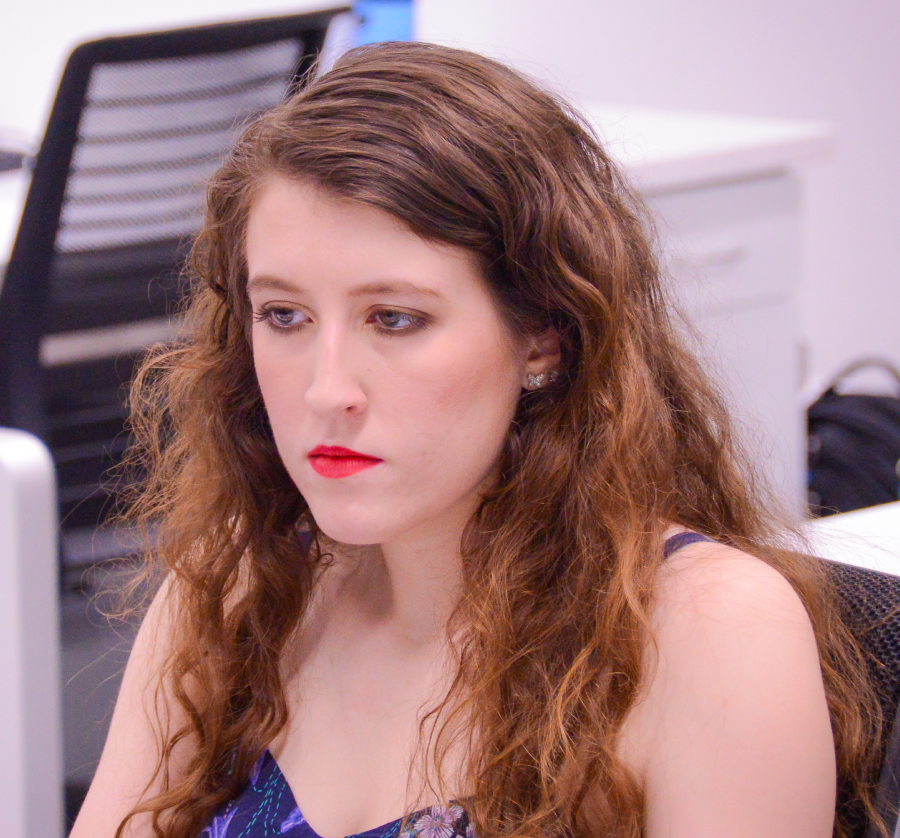
Polymorphic Games' Sam Heck to Present the Studio's Upcoming Title Project Hastur at AIIDE 2018
Samantha Heck, a senior in Computer Science and the lead programmer for Polymorphic Games, will present Project Hastur as a playable experience at this year’s Artificial Intelligence and Interactive Digital Entertainment conference, or AIIDE 2018. AIIDE serves as the definitive point of interaction between entertainment software developers interested in artificial intelligence and academic AI researchers. This year’s conference will be held at the University of Alberta in Edmonton from November 13-17. Project Hastur is a tower defense style game that features a unique approach to Artificial Intelligence (AI). The in-game enemies in Project Hastur are modeled as an evolving population with digital genomes. These enemies, called Proteans, evolve in response to how the player plays. For example, if the player has a penchant for flame-based weaponry, future generations of Proteans will evolve traits that confer fire resistance. This AI system is a form of procedural enemy generation in which the game adapts to the player, increasing replay value. “Project Hastur stands out at AIIDE because it’s built as a commercial game that’s fun to play.†Heck says. “Most projects in the Playable Experience track of AIIDE are smaller and focus on research rather than on the game play experience.†Alongside a playable demo, Heck will present Project Hastur during a poster session and a Q&A panel where she will answer questions from conference attendees.

IBEST Computational Resources Core Installs Major Upgrades to Research Computing Infrastructure
The Institute for Bioinformatics & Evolutionary Studies’ (IBEST) Computational Resources Core recently installed significant server upgrades. These upgrades include 160 new processor cores and an additional 768 GB of RAM. Early benchmarking indicates this hardware will increase processing speeds by nearly 300%. This speed increase is critical in meeting the evolving computational needs of University of Idaho researchers. For example, cost reductions in genome sequencing technologies have resulted in the production of extremely large data sets. Analyses of these data sets can take days or weeks, making a 300% speed increase a significant advantage for UI researchers. The number of clients of the CRC has tripled in the past three years, further underscoring the need for investments in UI research computing infrastructure. The IBEST CRC supports the research computing needs of a very diverse community of researchers from 19 departments across 5 colleges. Researchers from elsewhere in the country also use the CRC. For example, researchers from Reed College in Portland, OR are already using the new equipment to study how rates of mutation vary across and within natural populations of Daphnia, small aquatic crustaceans commonly called water fleas. The $23,591 in server upgrades were funded in part by an Office of Research and Economic Development (ORED), Equipment and Infrastructure Support Award. These awards enhance research at the University of Idaho by supporting equipment purchases, upgrades and repairs related to research and creative activity infrastructure. Researchers interested in learning more about the computing and data storage services of the CRC should contact Dr. Benjamin Oswald at Ibest-CRC@uidaho.edu.
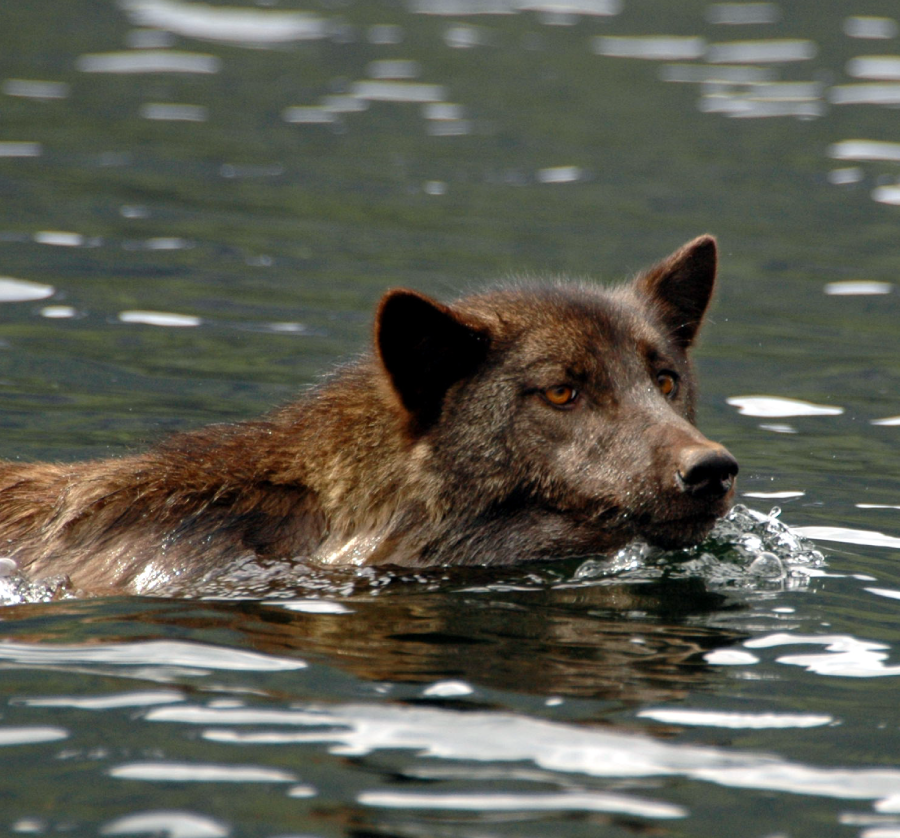
BCB Student Sarah Hendricks' Research Featured on NPR
U of I Bioinformatics and Computational Biology (BCB) student Sarah A. Hendricks' research on Northwest wolf populations was recently featured by Northwest Public Broadcasting (NWPB), the regional NPR station based in Pullman. The article details Hendricks' findings, recently published on Nature.com, that modern Northwest wolf populations descended from two distinct groups – one from the northern Rocky Mountains and one from coastal rain forests along Canada's west coast and southeast Alaska. According to Hendricks, these findings could be significant when it comes to legislation surrounding species with mixed ancestry, especially if one entity is a member of the Endangered Species List. "We are currently lacking legal terminology dealing with admixed populations,†she said. “This case example shows why it's important to add specific language to properly manage them.†Photo Credit: Chris Darimont
The truth is incontrovertible. Malice may attack it, ignorance may deride it, but in the end, there it is.
Success is a science; if you have the conditions, you get the result.

BCB Student Featured on NPR
U of I Bioinformatics and Computational Biology (BCB) student Sarah A. Hendricks' research on Northwest wolf populations was recently featured by Northwest Public Broadcasting (NWPB), the regional NPR station based in Pullman. The article details Hendricks' findings, recently published on Nature.com, that modern Northwest wolf populations descended from two distinct groups – one from the northern Rocky Mountains and one from coastal rain forests along Canada's west coast and southeast Alaska. According to Hendricks, these findings could be significant when it comes to legislation surrounding species with mixed ancestry, especially if one entity is a member of the Endangered Species List. "We are currently lacking legal terminology dealing with admixed populations,†she said. “This case example shows why it's important to add specific language to properly manage them.â€
Science is the great antidote to the poison of enthusiasm and superstition.
CRC Hardware Upgrades
The Institute for Bioinformatics & Evolutionary Studies (IBEST) Computational Resources Core recently installed significant server upgrades. These upgrades include 160 new processor cores and an additional 768 GB of RAM. Early benchmarking indicates this hardware will increase processing speeds by nearly 300%. This speed increase is critical in meeting the evolving computational needs of University of Idaho researchers. For example, cost reductions in genome sequencing technologies have resulted in the production of extremely large data sets. Analyses of these data sets can take days or weeks, making a 300% speed increase a significant advantage for UI researchers. The number of clients of the CRC has tripled in the past three years, further underscoring the need for investments in UI research computing infrastructure. The IBEST CRC supports the research computing needs of a very diverse community of researchers from 19 departments across 5 colleges. Researchers from elsewhere in the country also use the CRC. For example, researchers from Reed College in Portland, OR are already using the new equipment to study how rates of mutation vary across and within natural populations of Daphnia, small aquatic crustaceans commonly called water fleas. The $23,591 in server upgrades were funded in part by an Office of Research and Economic Development (ORED), Equipment and Infrastructure Support Award. These awards enhance research at the University of Idaho by supporting equipment purchases, upgrades and repairs related to research and creative activity infrastructure. Researchers interested in learning more about the computing and data storage services of the CRC should contact Dr. Benjamin Oswald at Ibest-CRC@uidaho.edu.
There is no greatness where there is no simplicity, goodness and truth.
Science has not yet taught us if madness is or is not the sublimity of the intelligence.
BEACON Grants Secured
University of Idaho faculty members in the Institute for Bioinformatics and Evolutionary STudies (IBEST) have been awarded $346,969 this year in new competitive grants as part of the National Science Foundation BEACON Science and Technology Center on "Evolution in Action". These funds support nine projects involving eight UI faculty members, along with graduate
Data Science Competition
U of I Launches Student Data Science Competition through April 22 March 13, 2018 The College of Science, Department of Mathematics and IBEST are sponsoring the first-ever University of Idaho Student Data Science Competition. The competition is open from March 12 through April 22. The goal is to promote Data Science research and education on campus. There are two tracks to the competition:

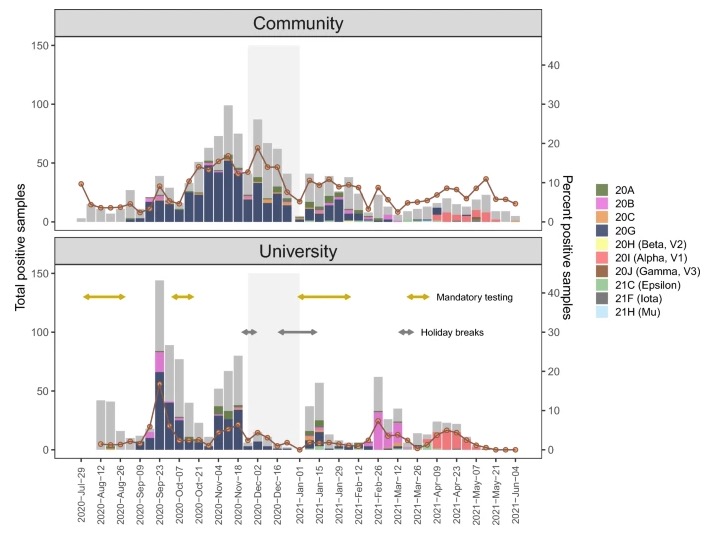


.jpg)





.jpeg)
.jpg)
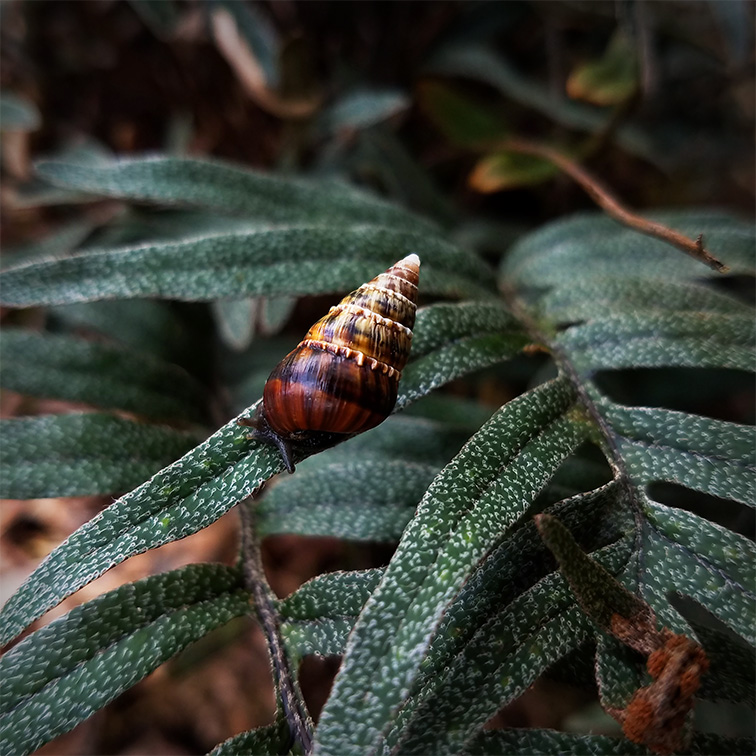
.jpg)


.jpg)

.jpg)






